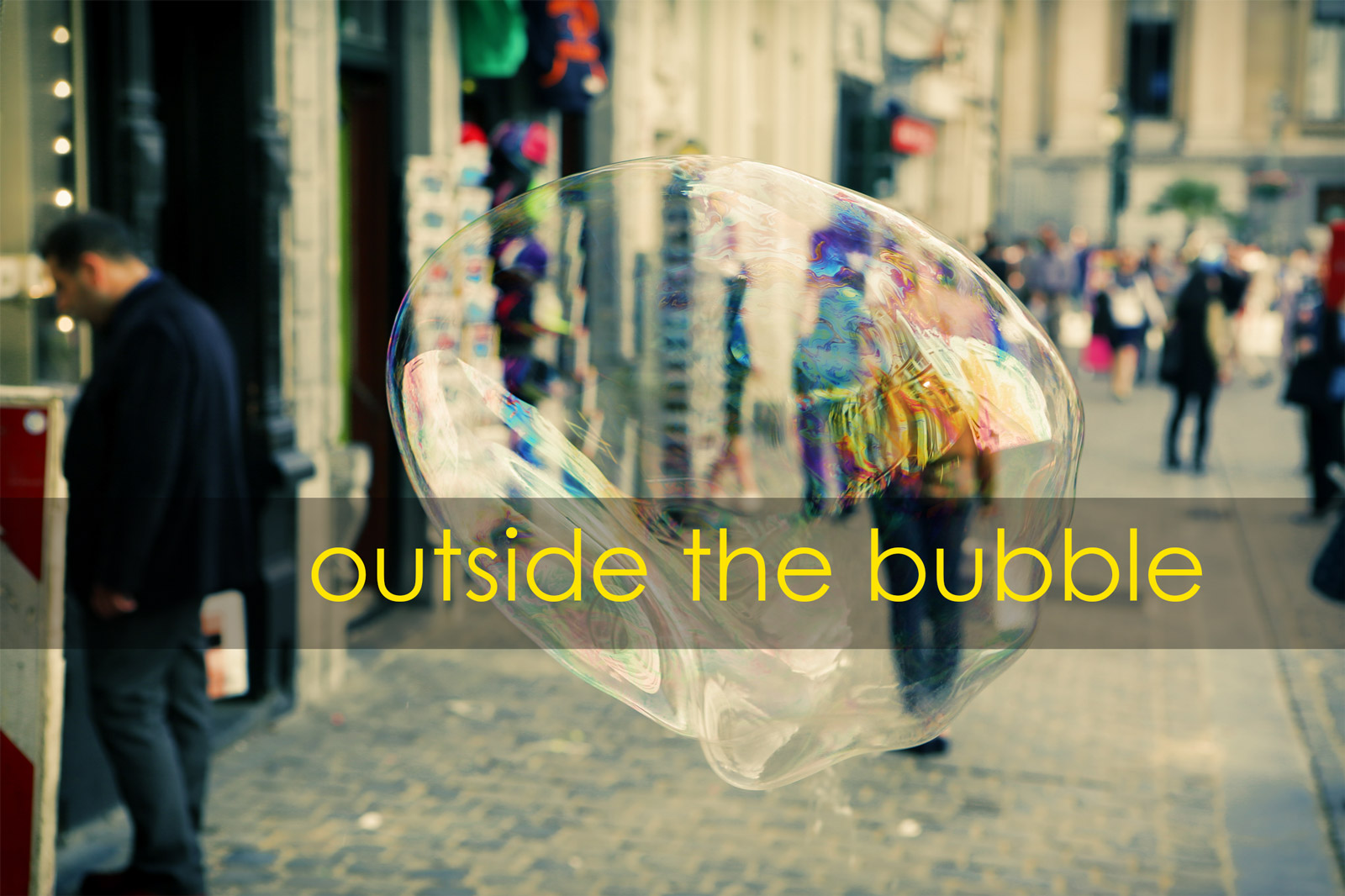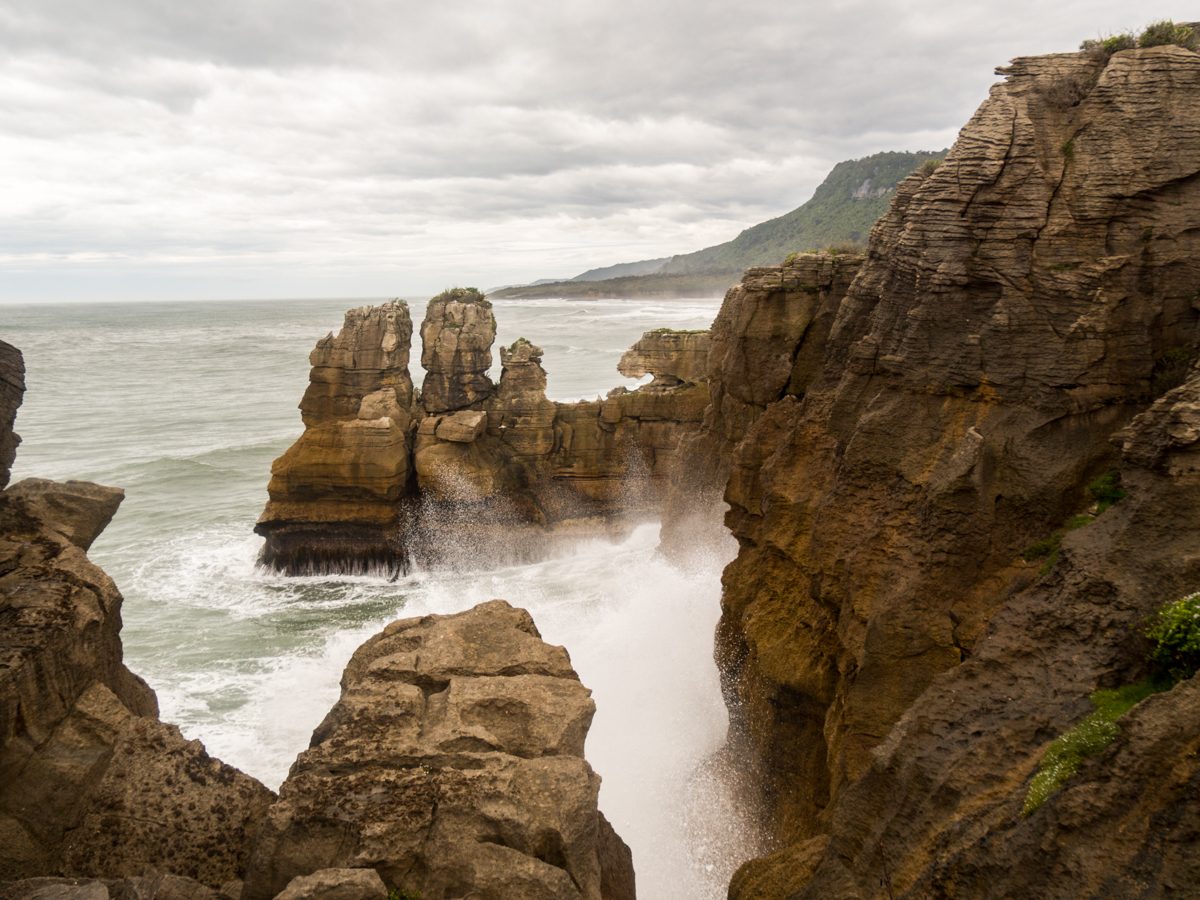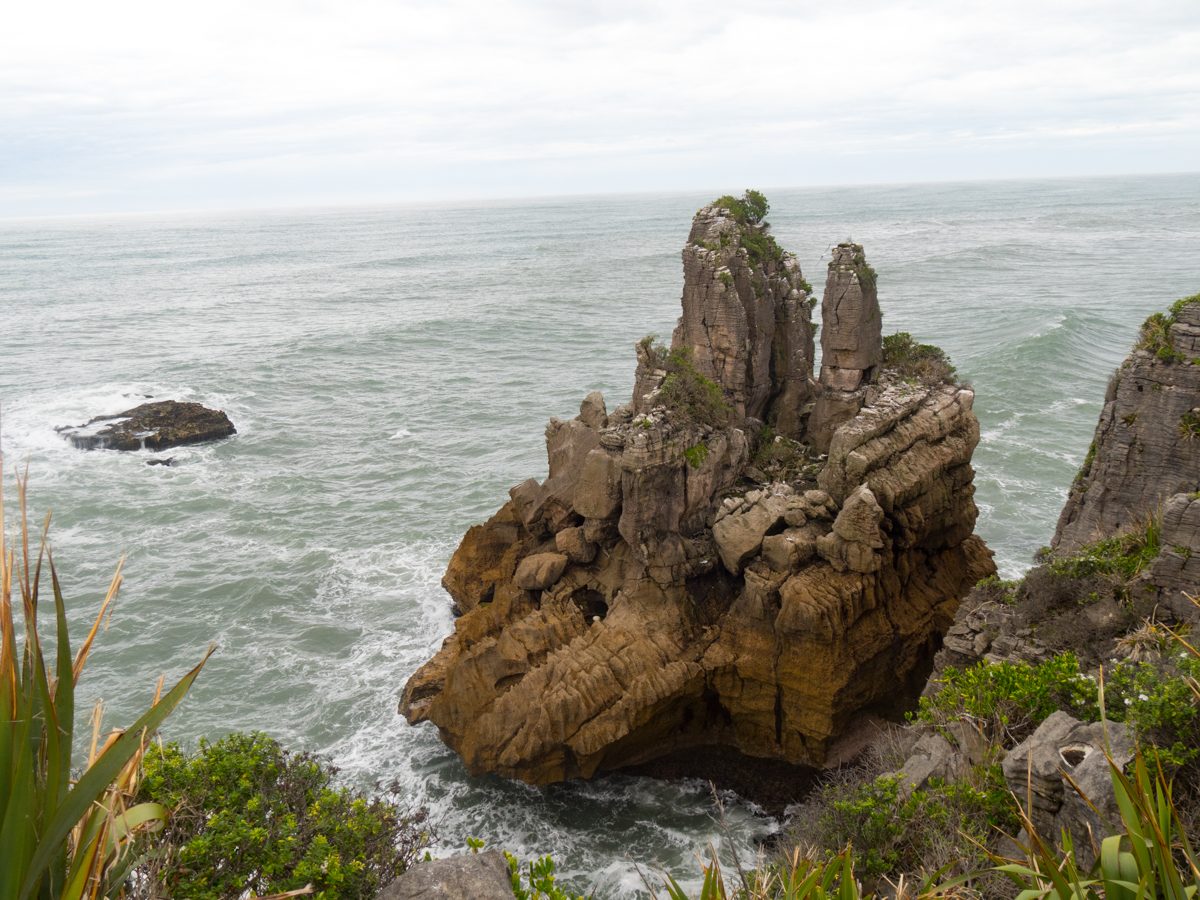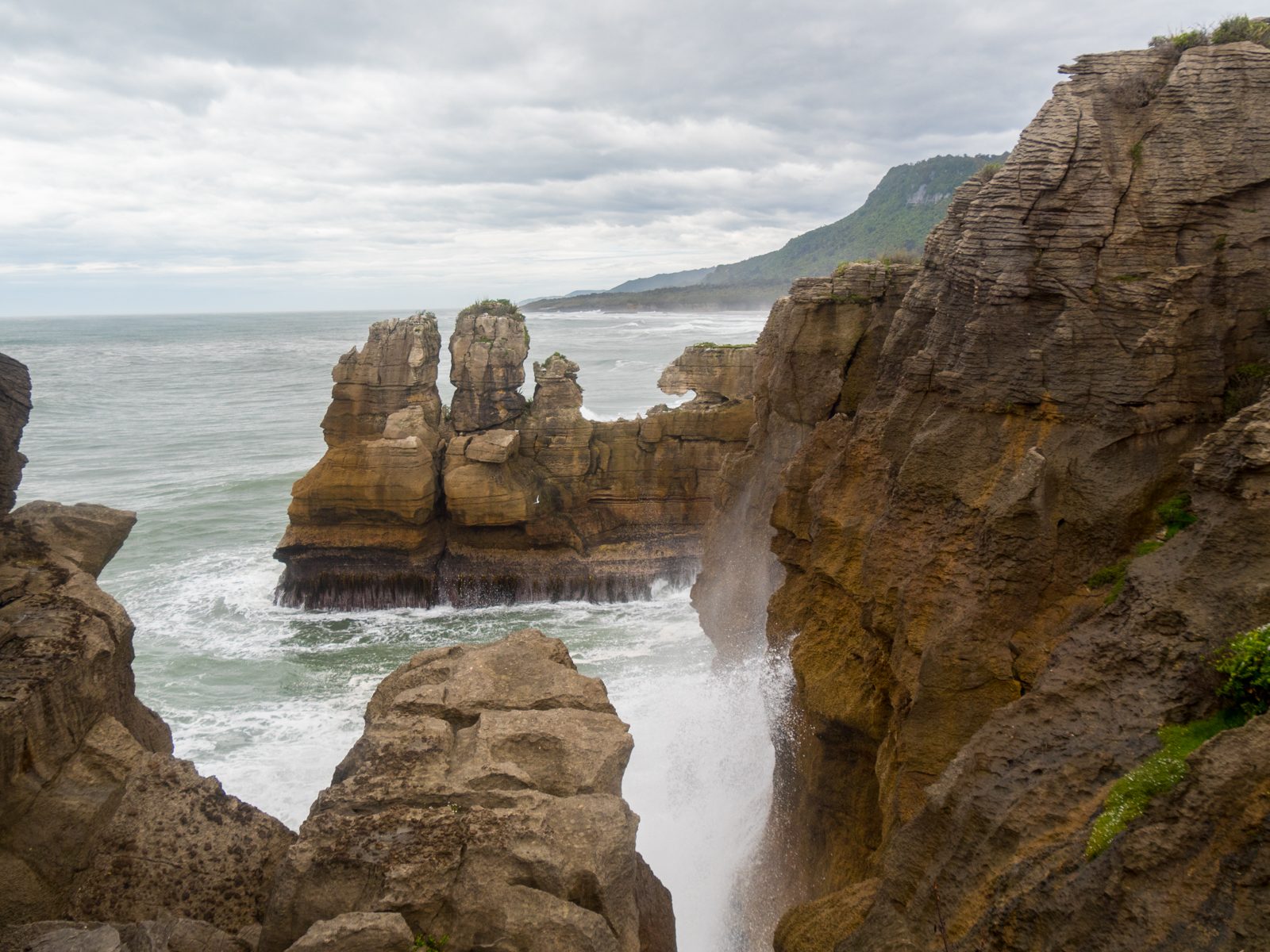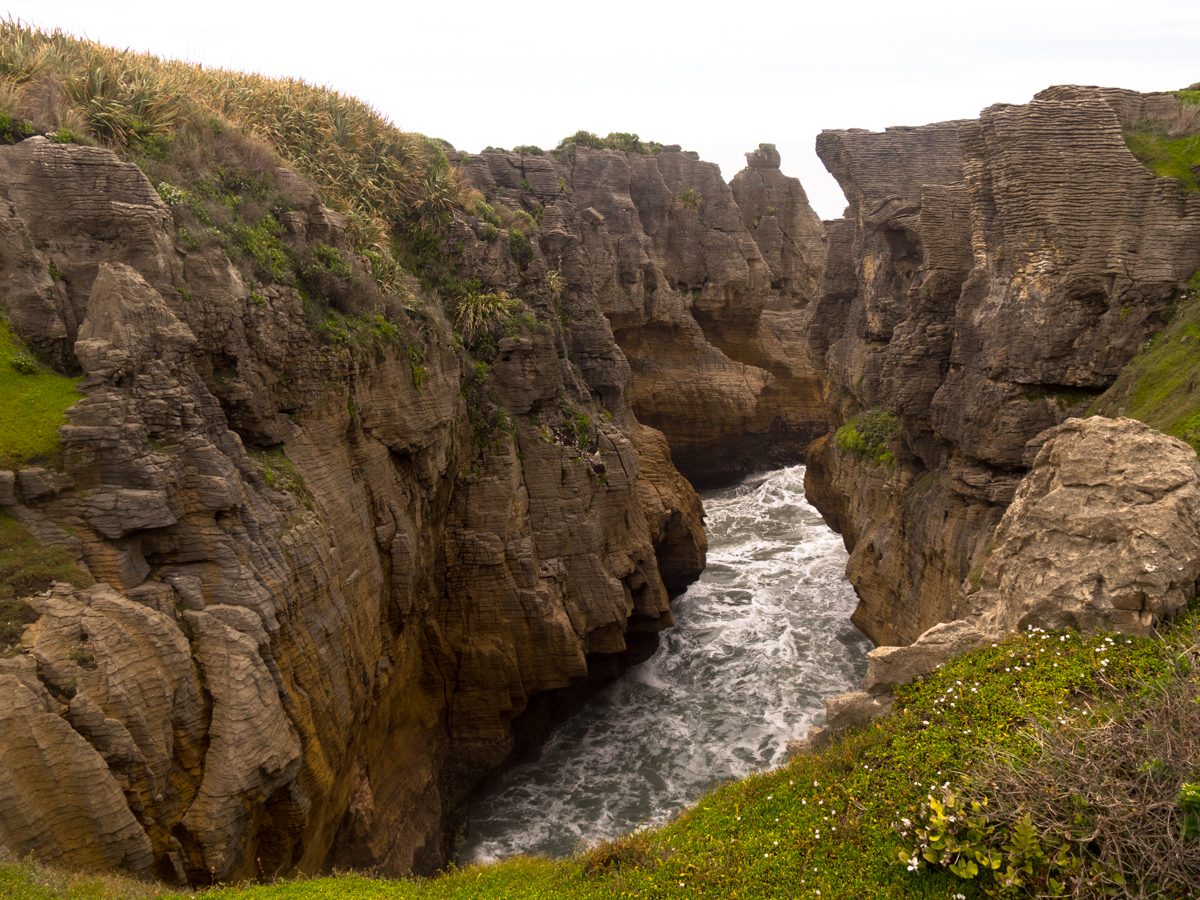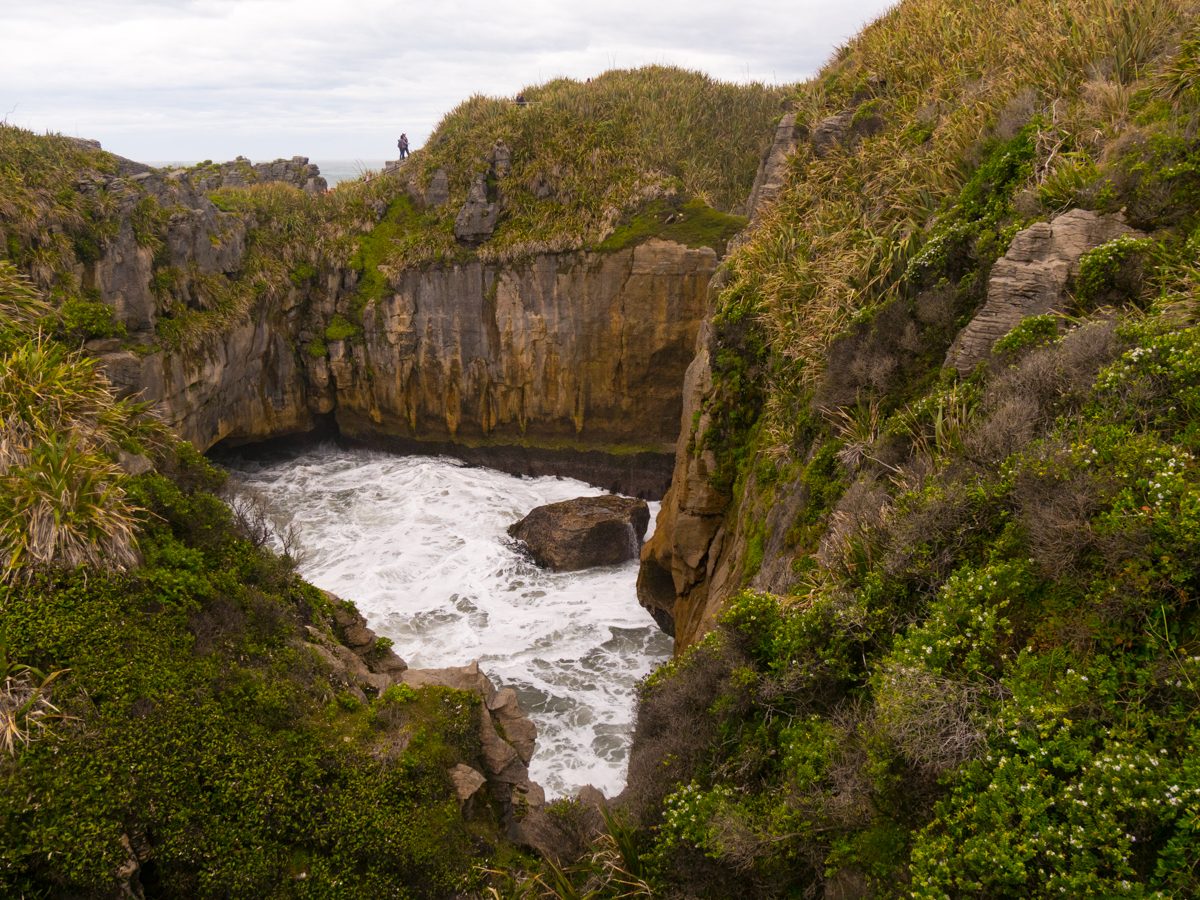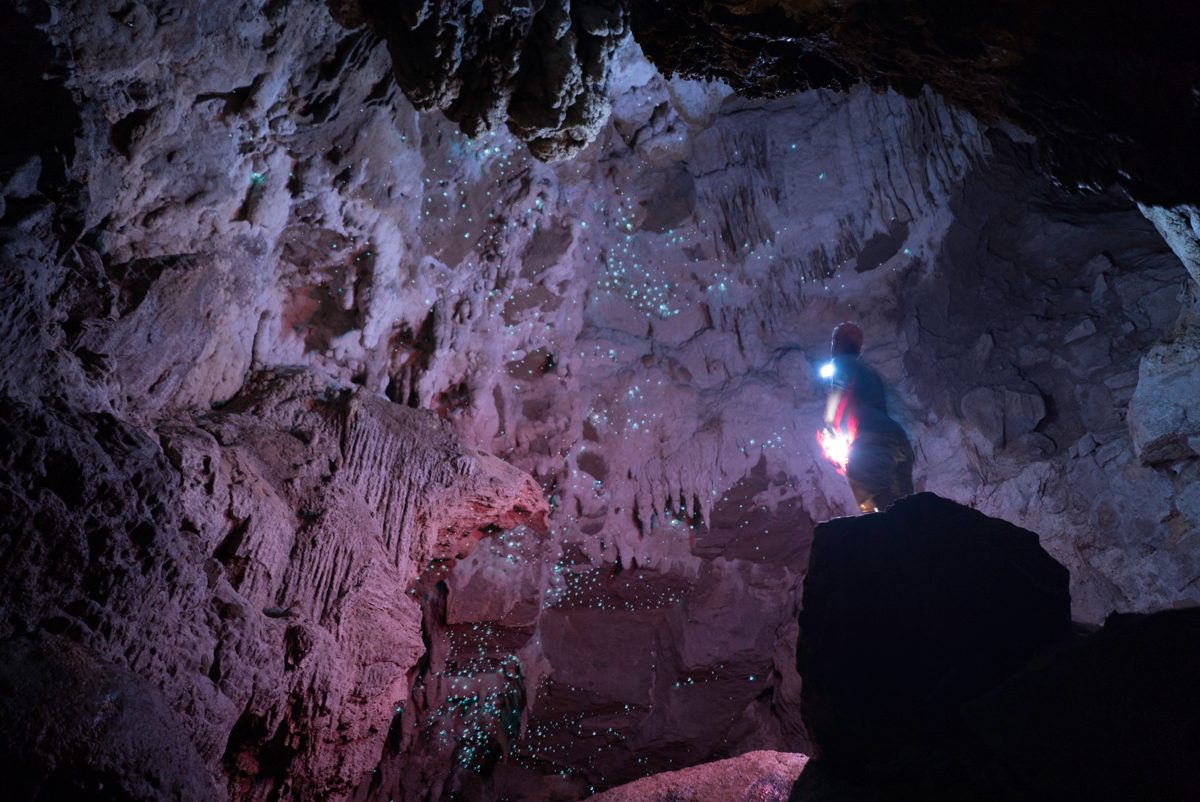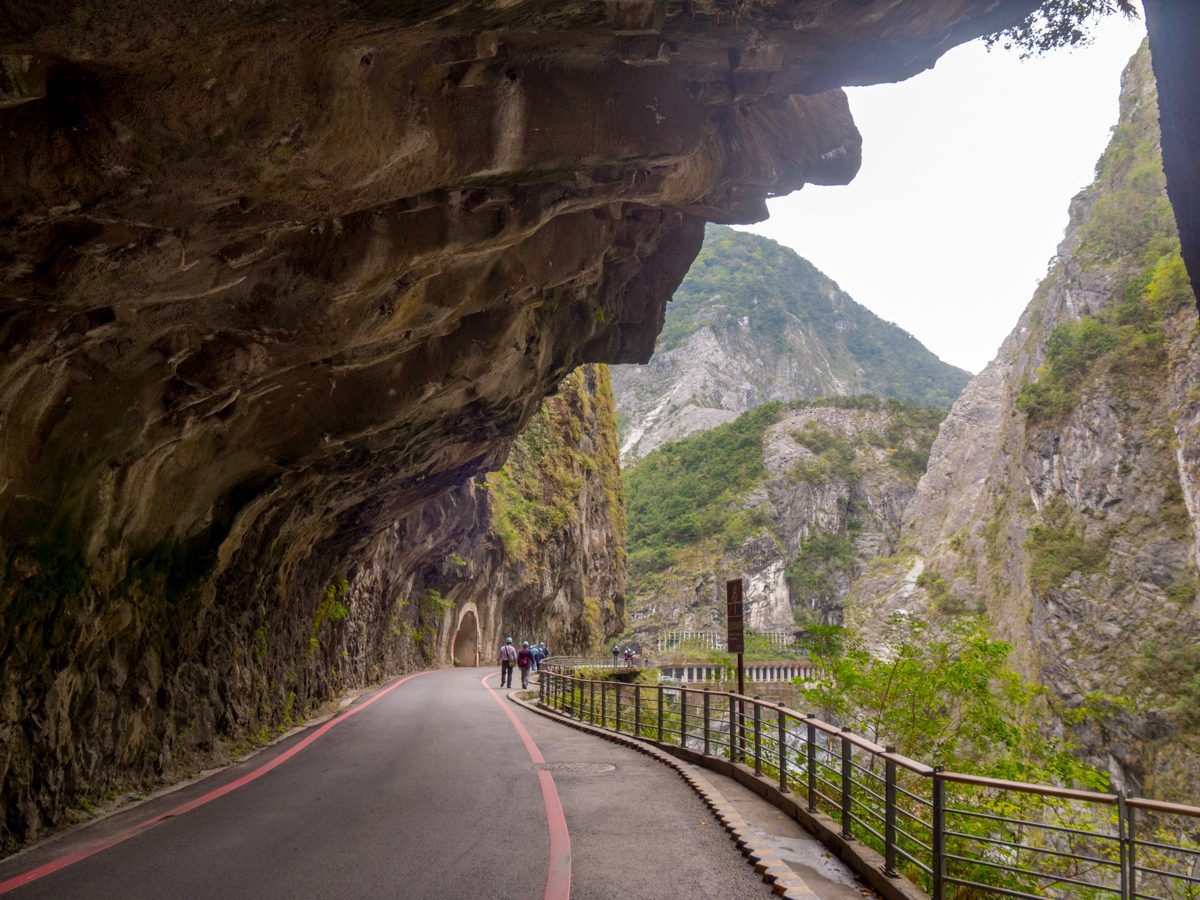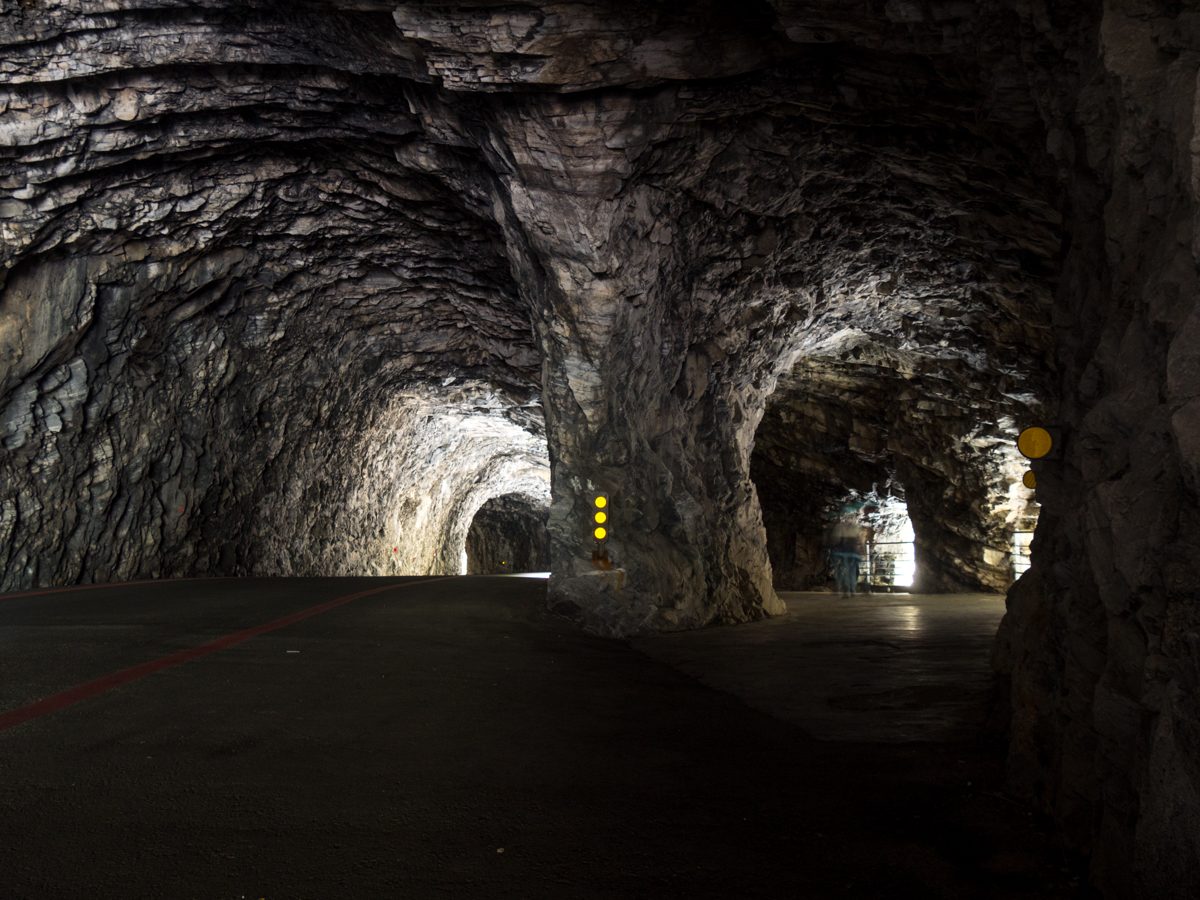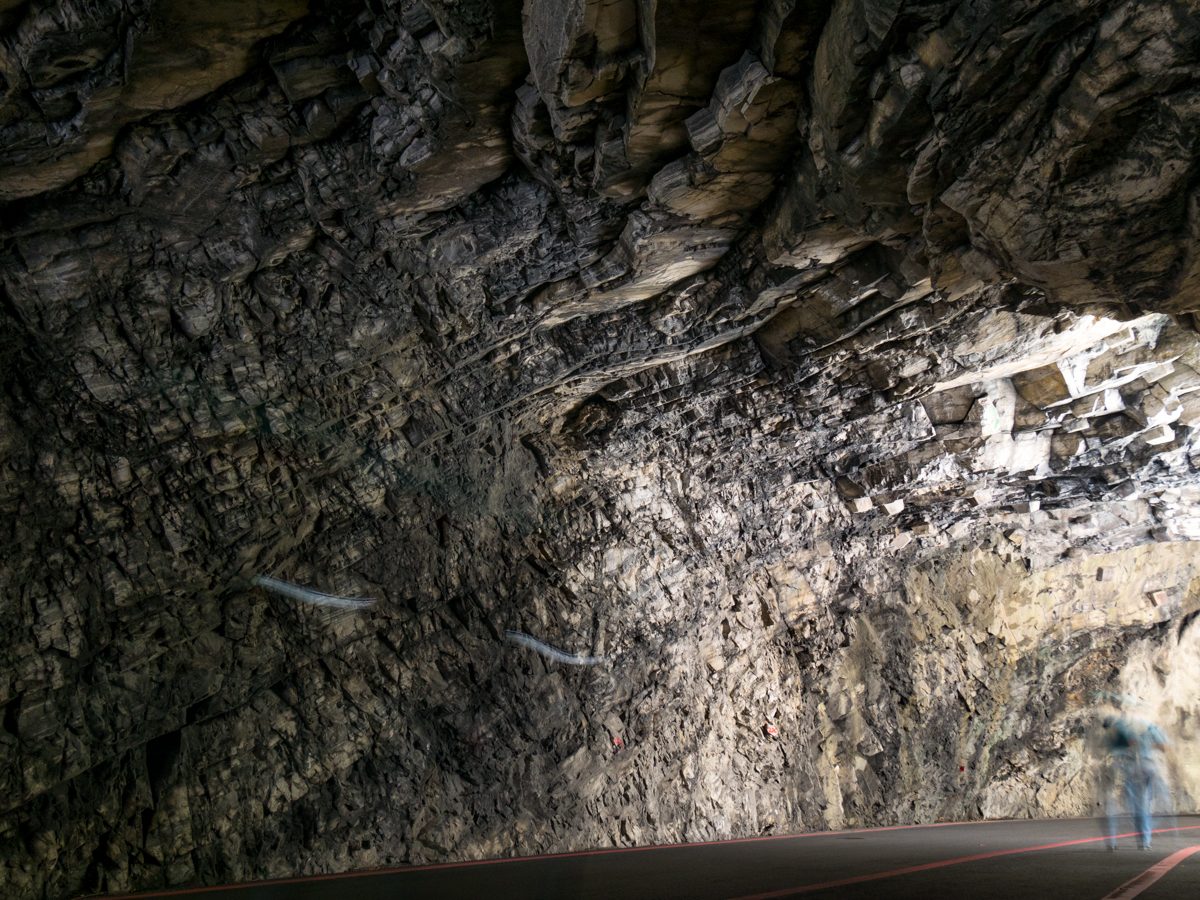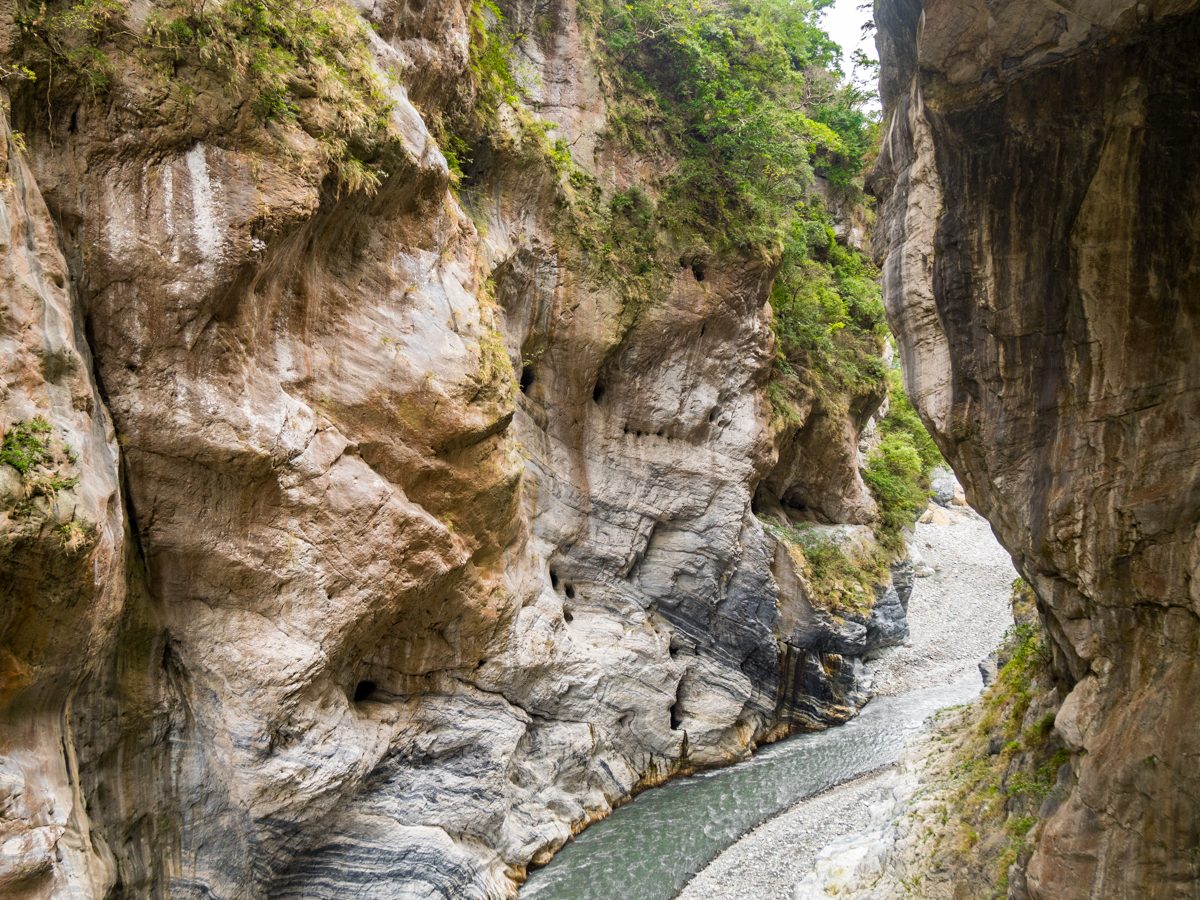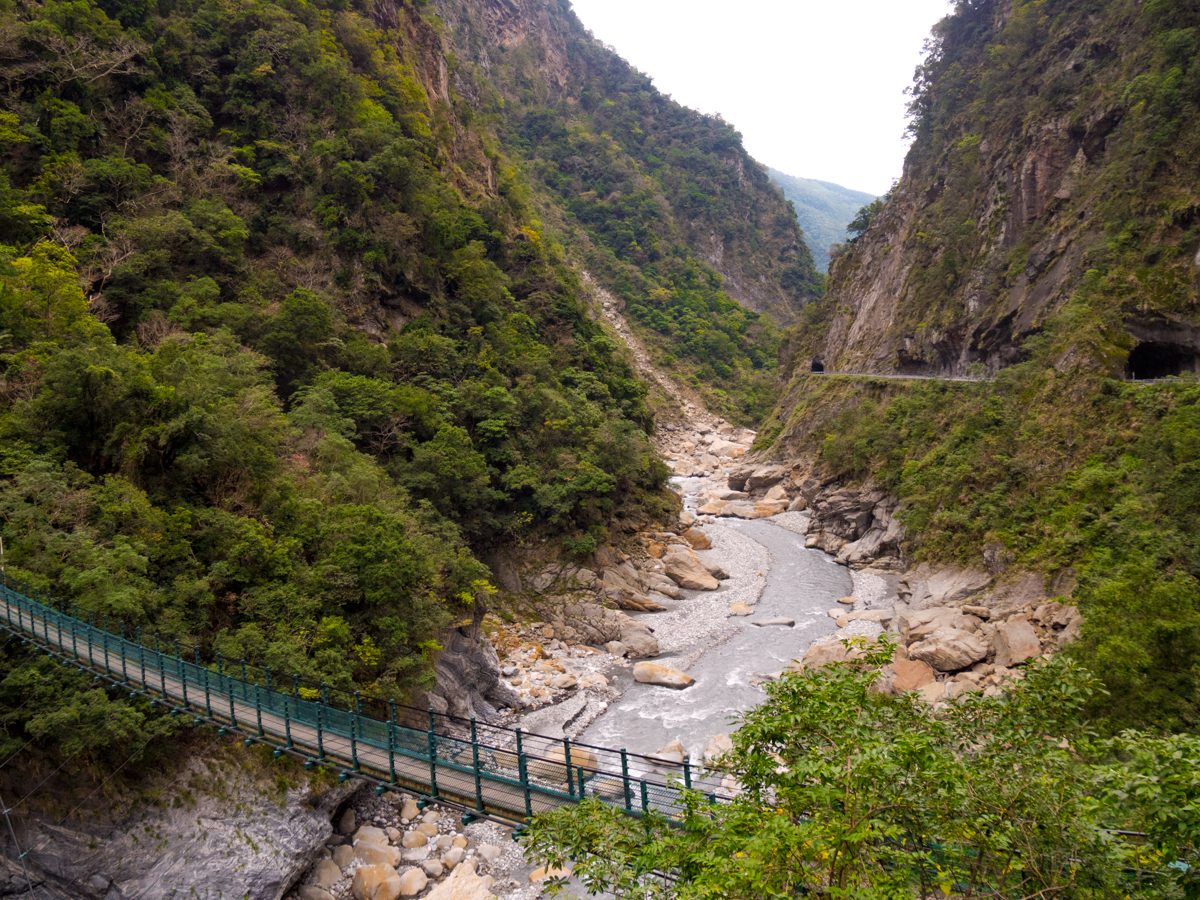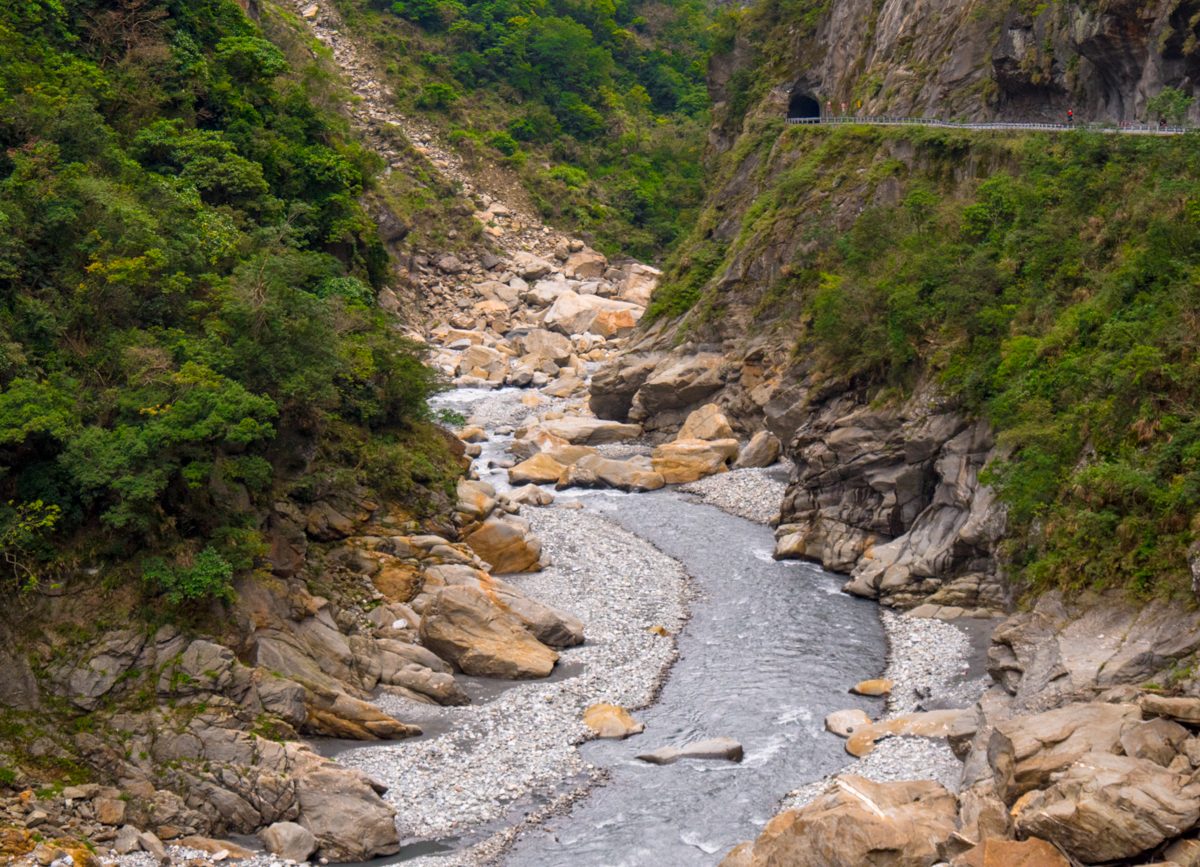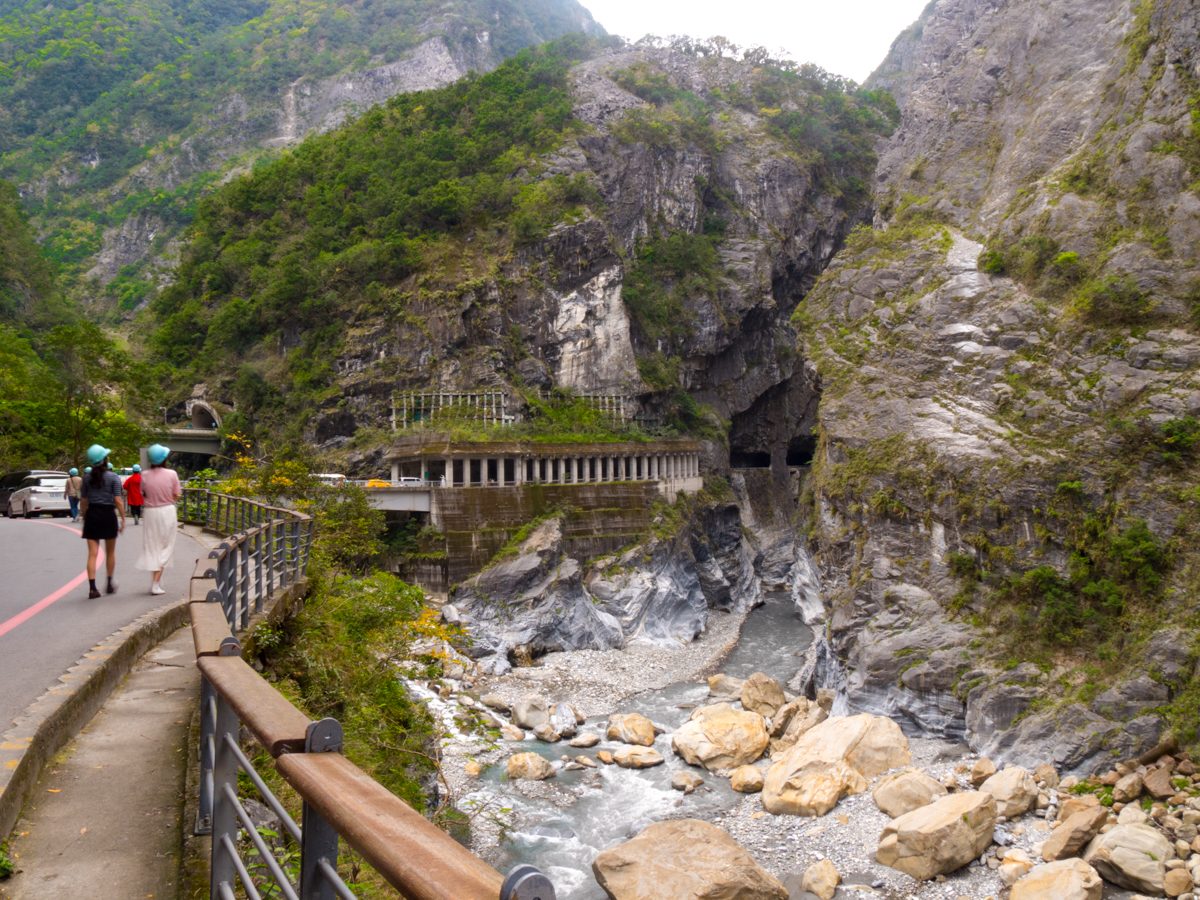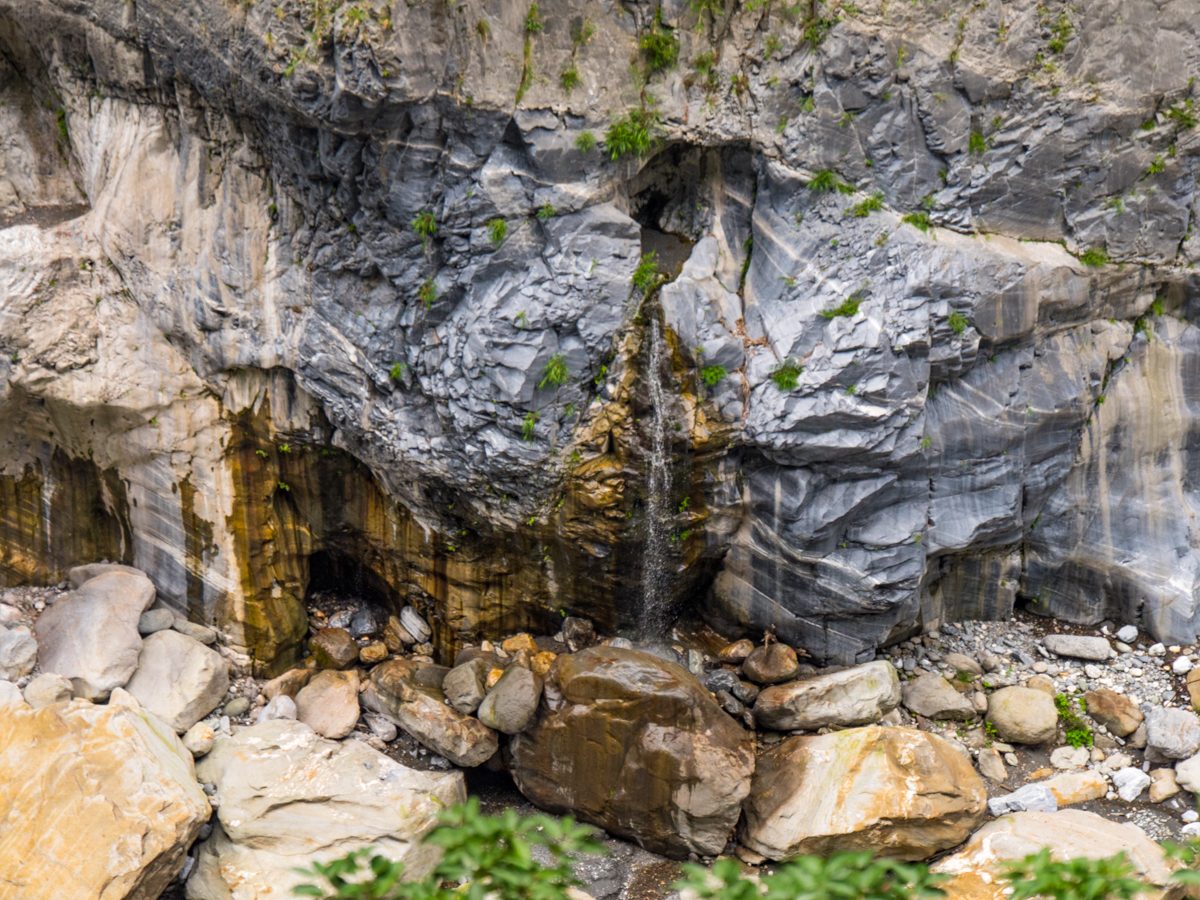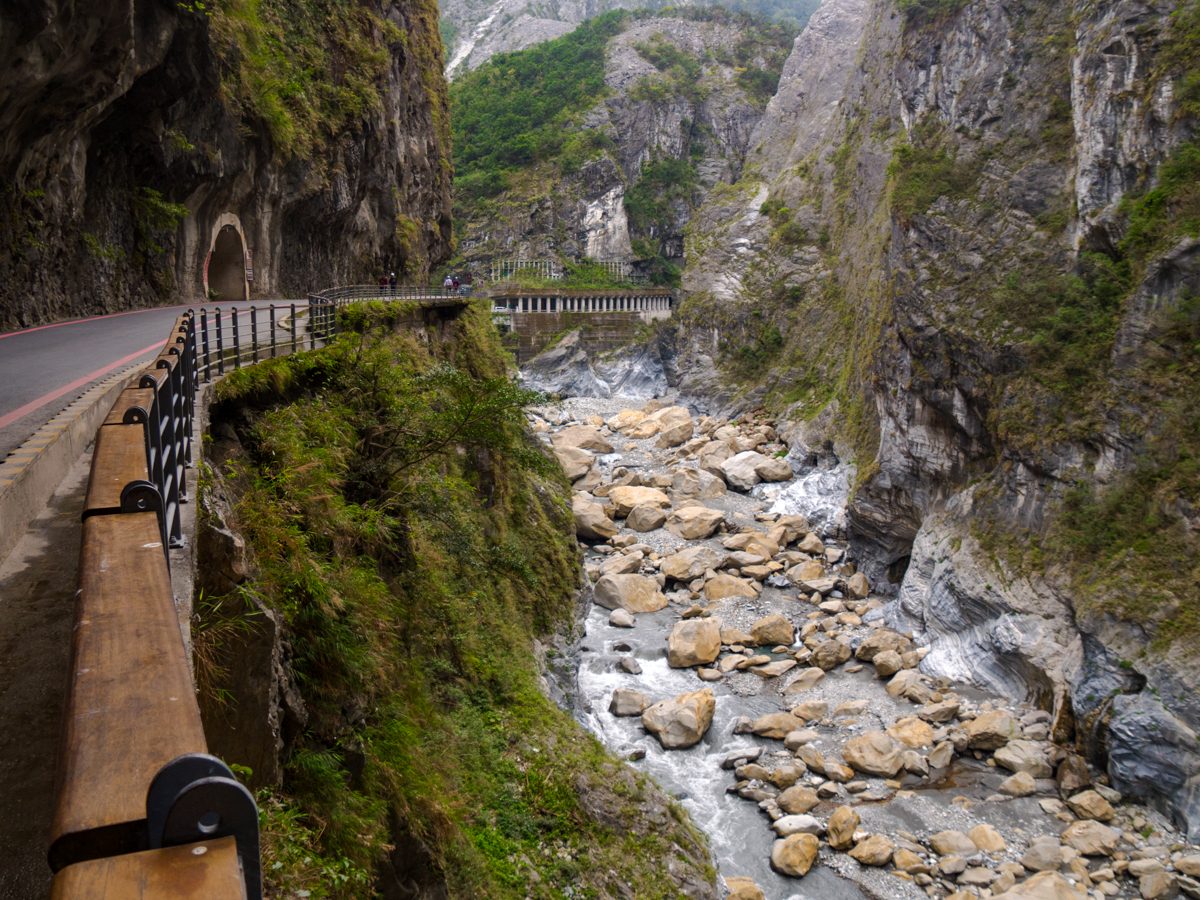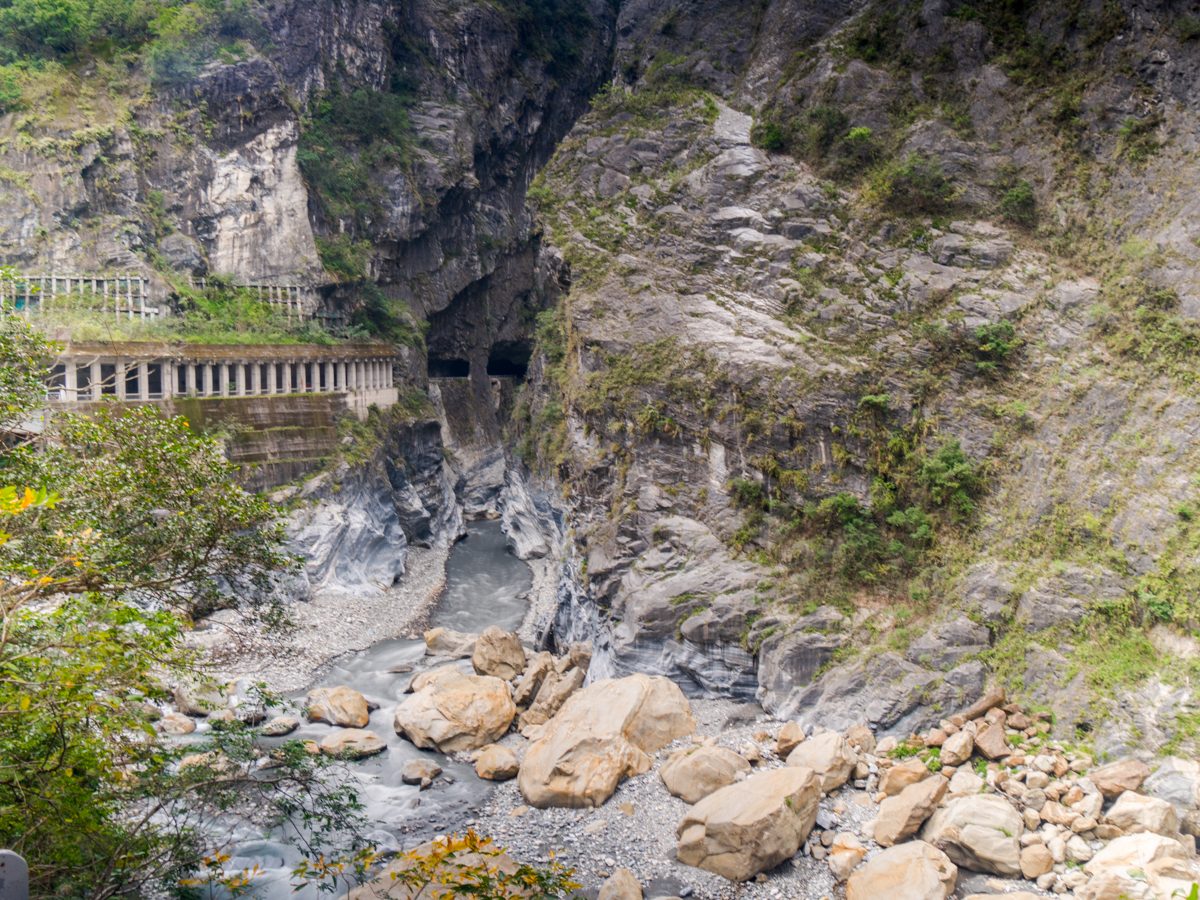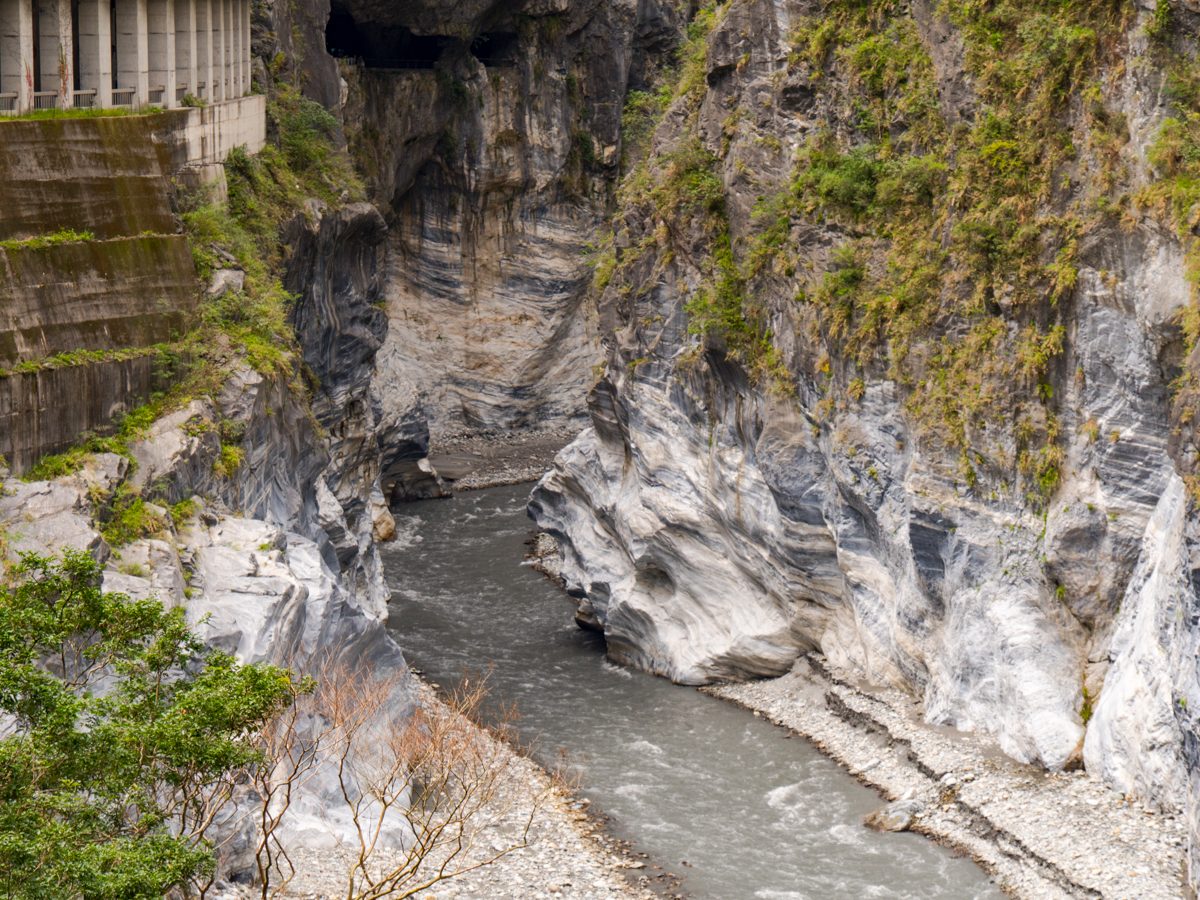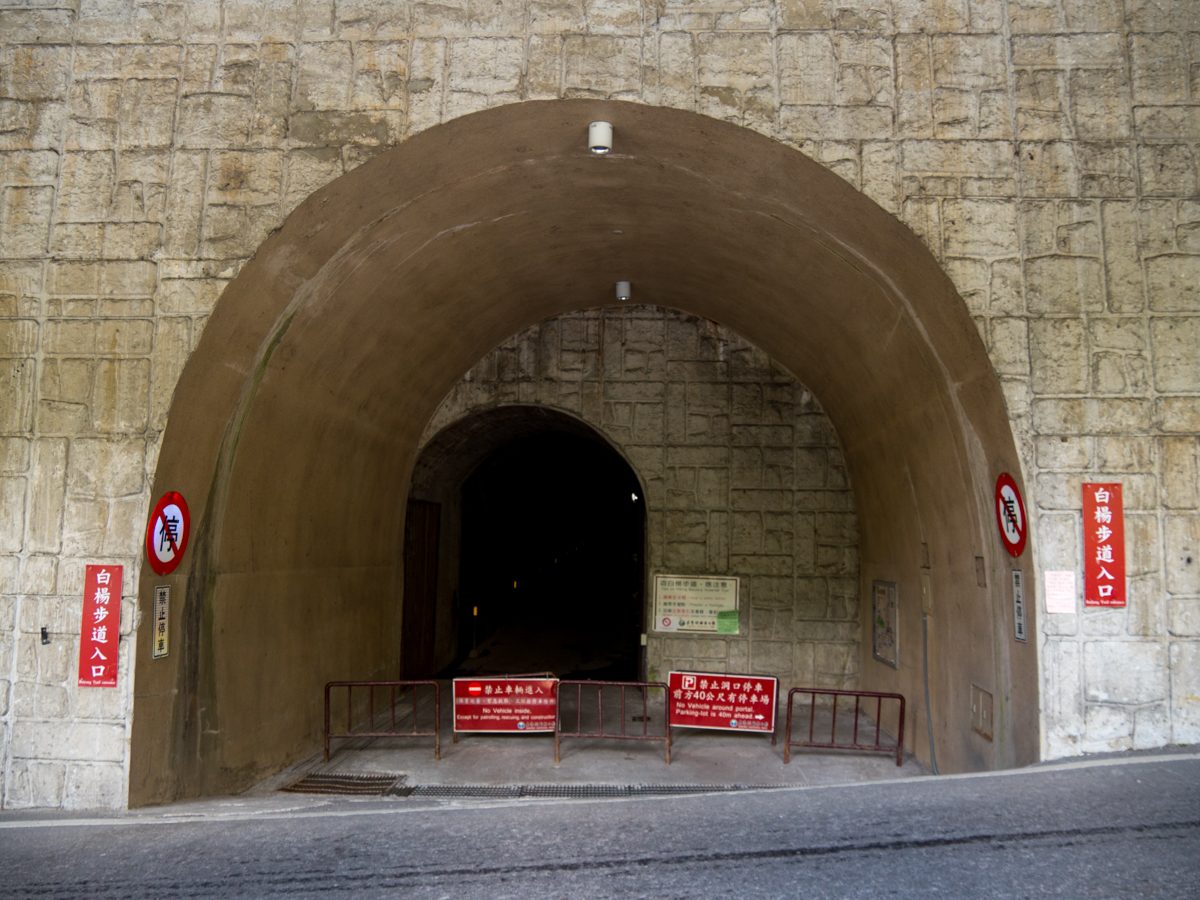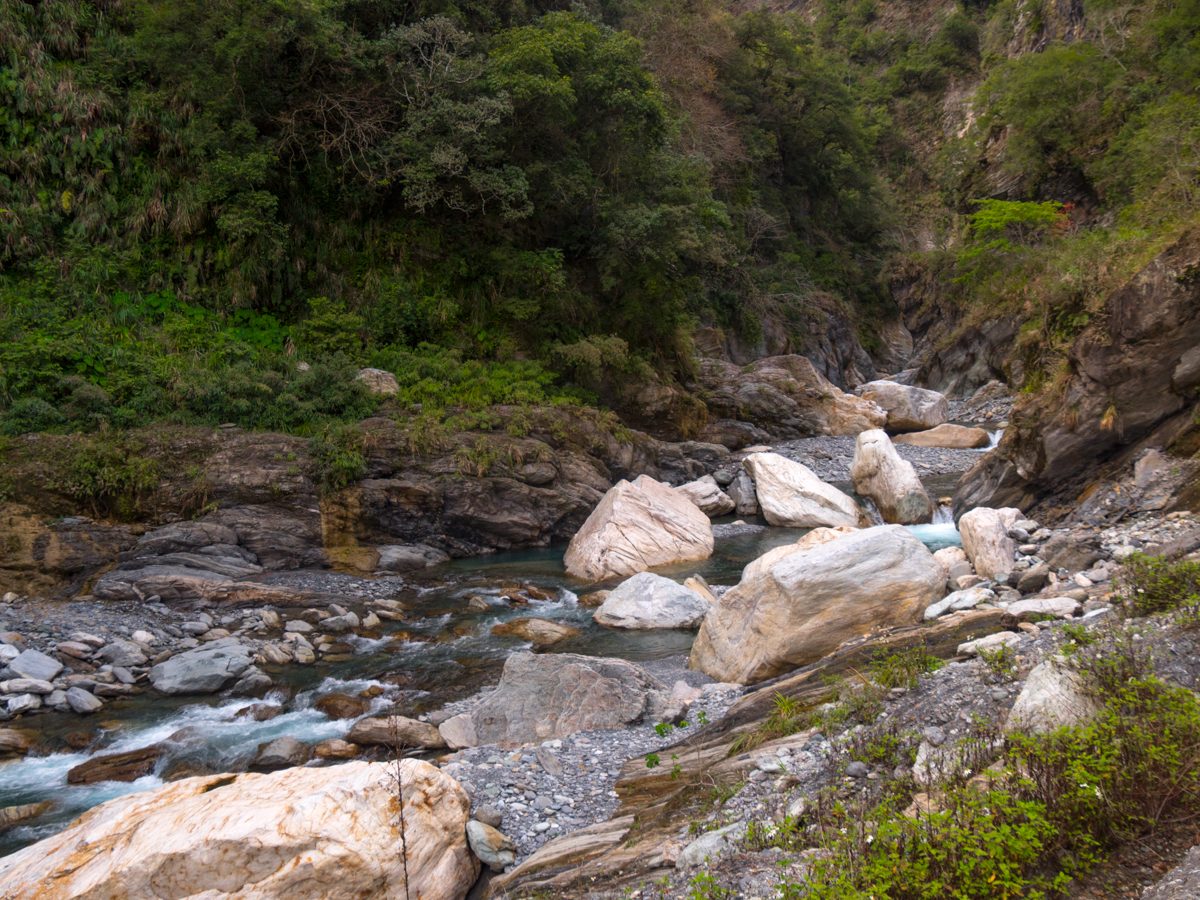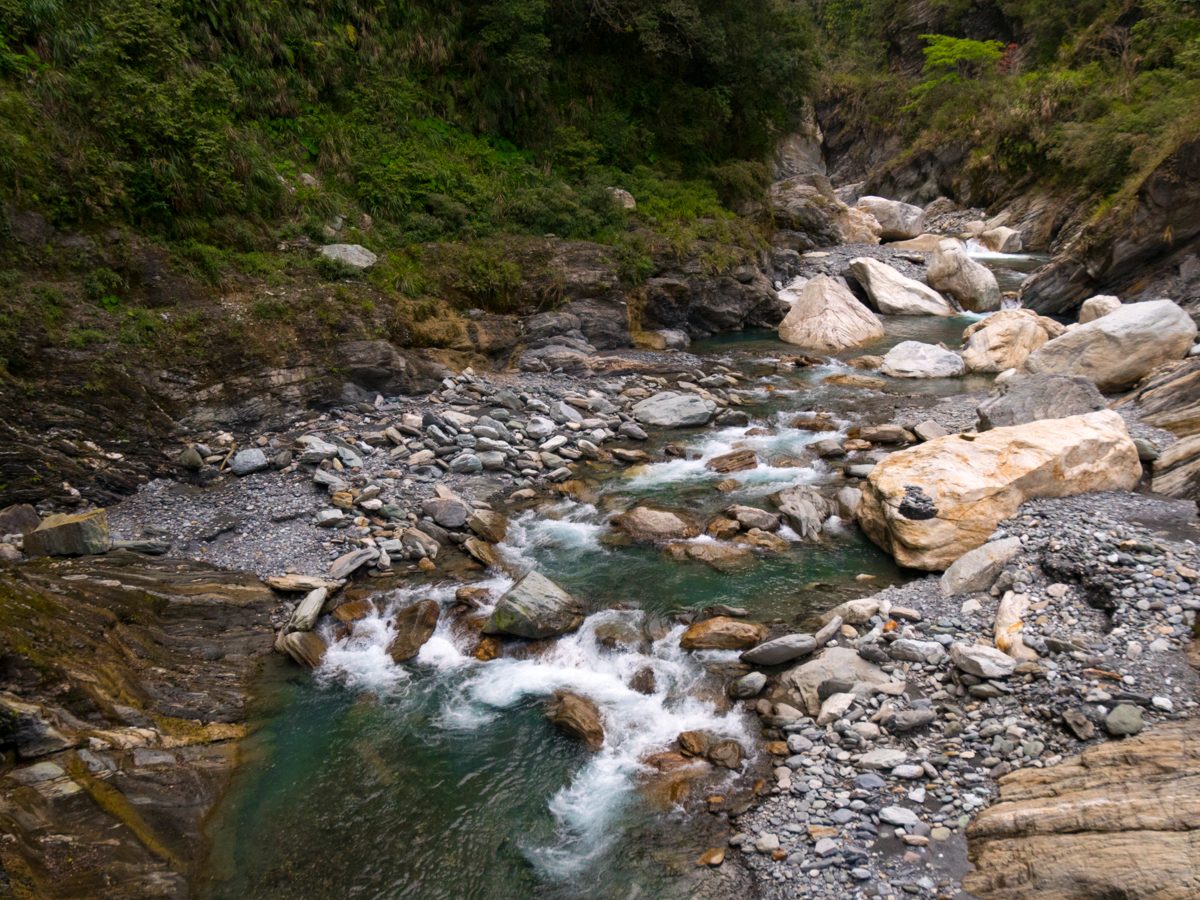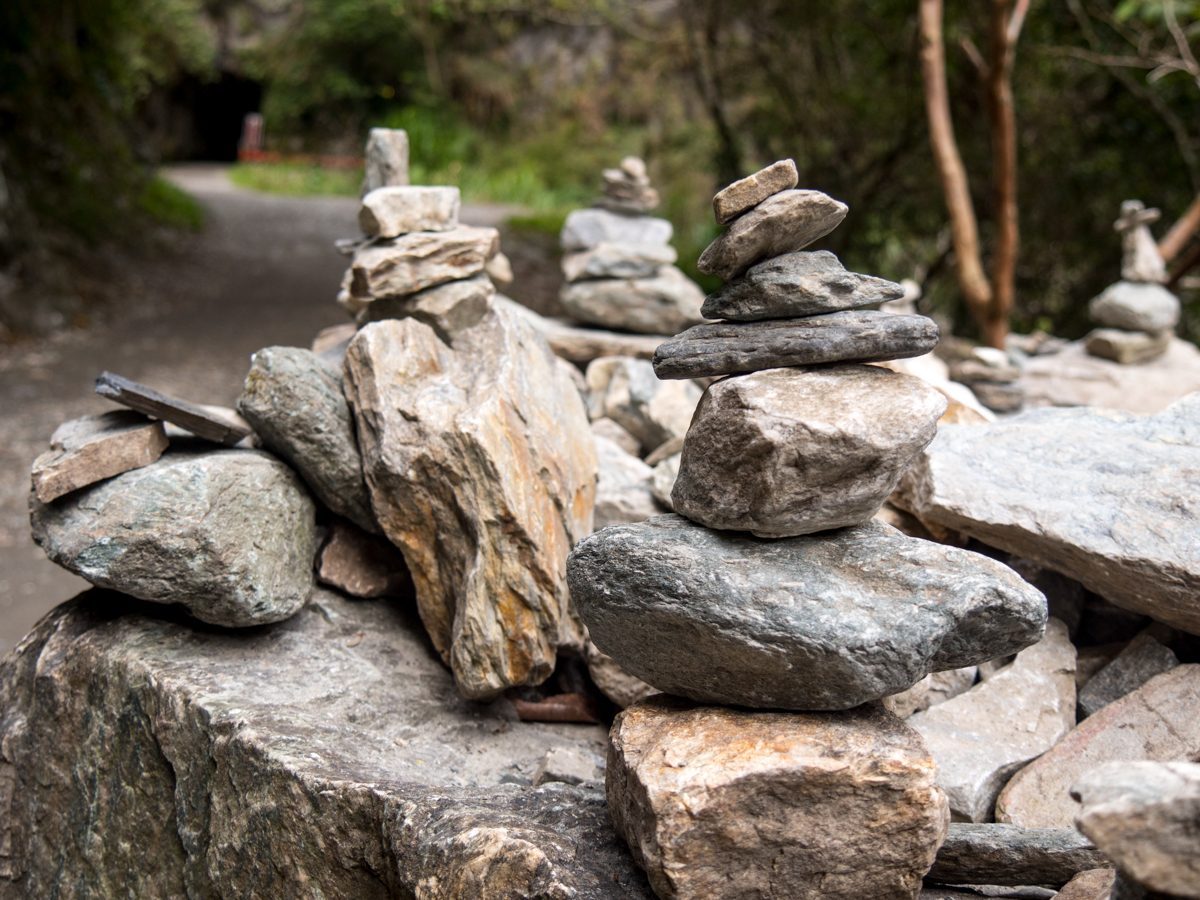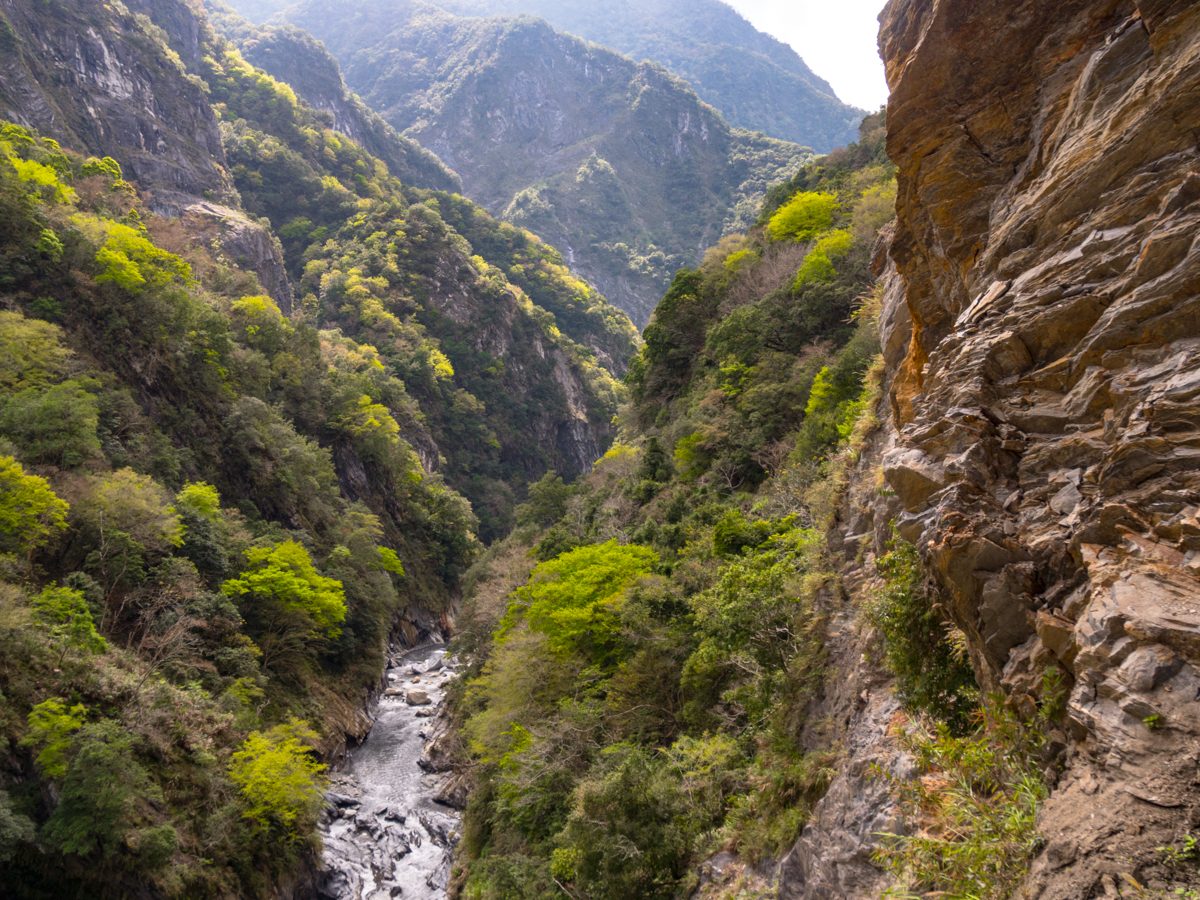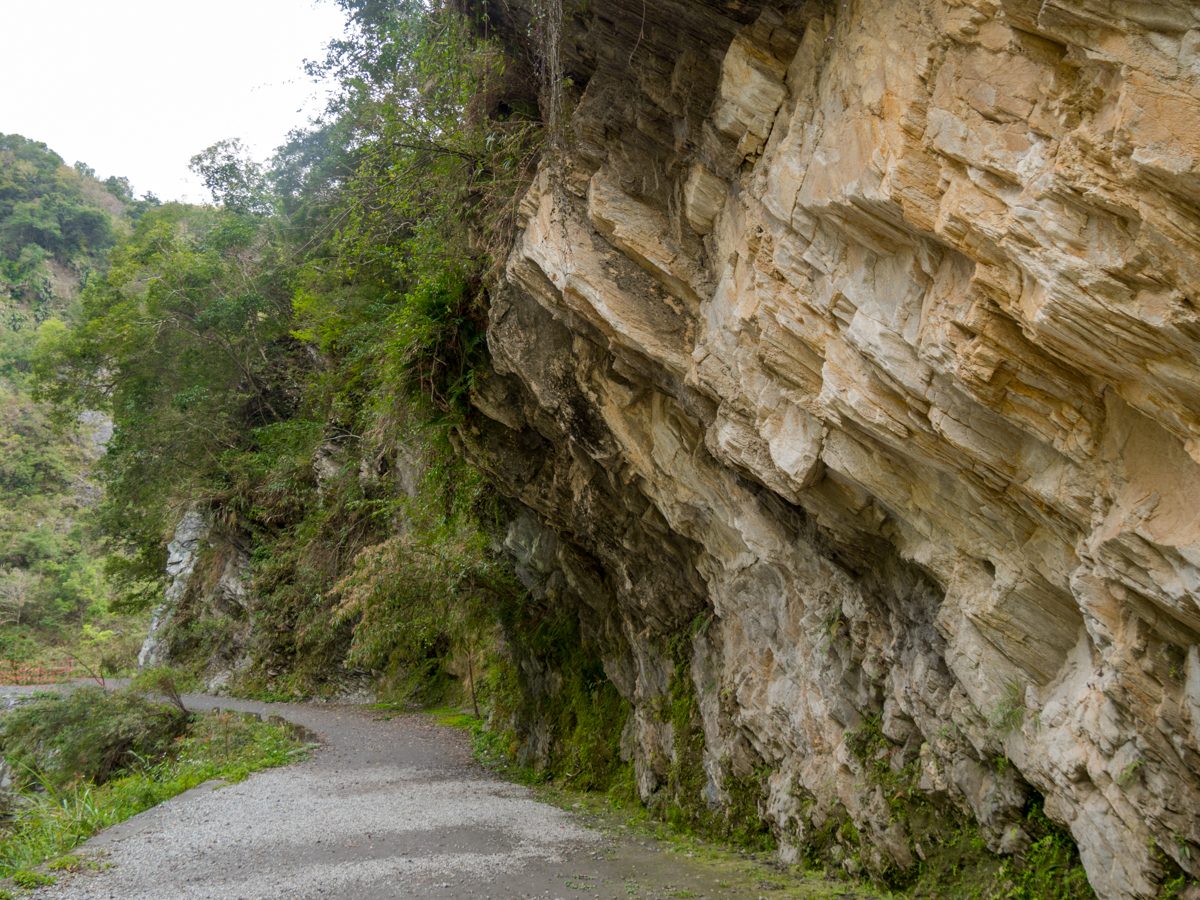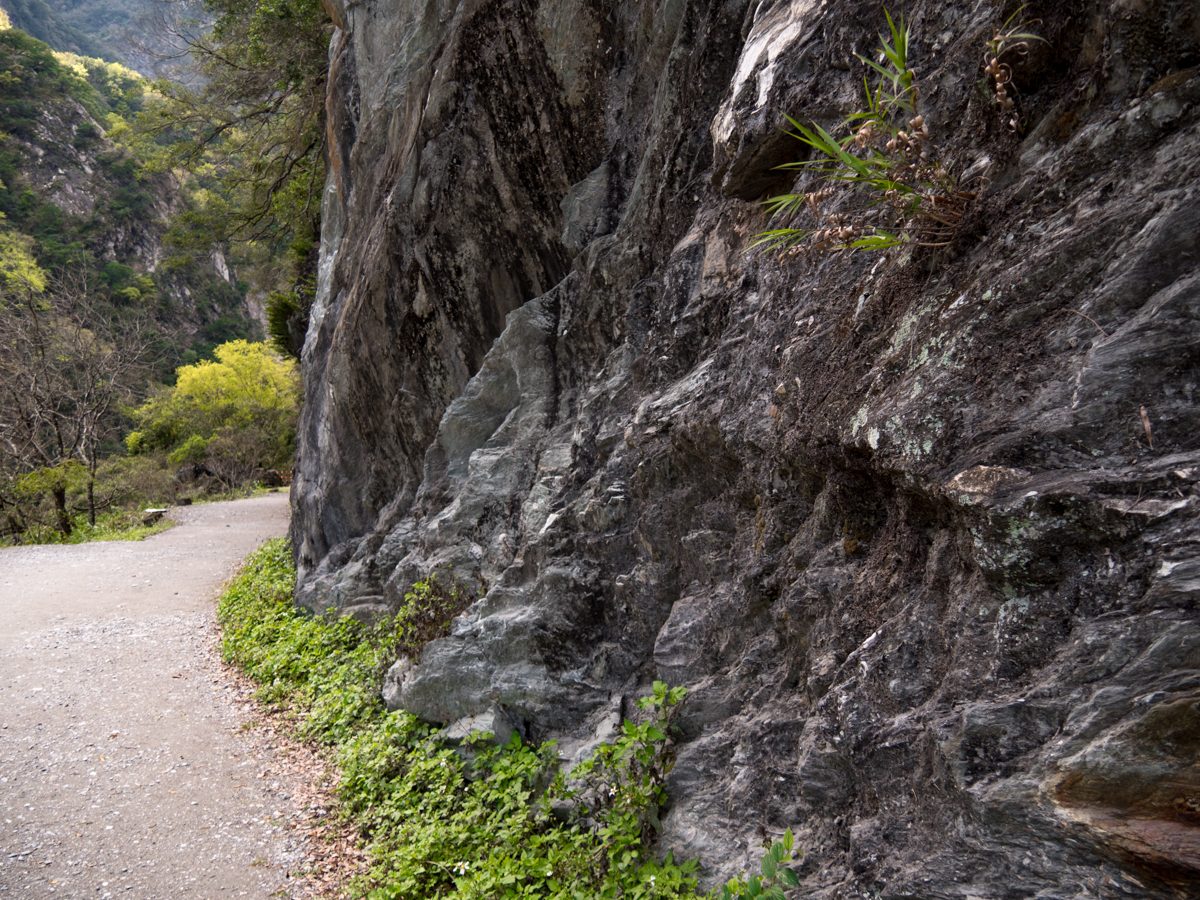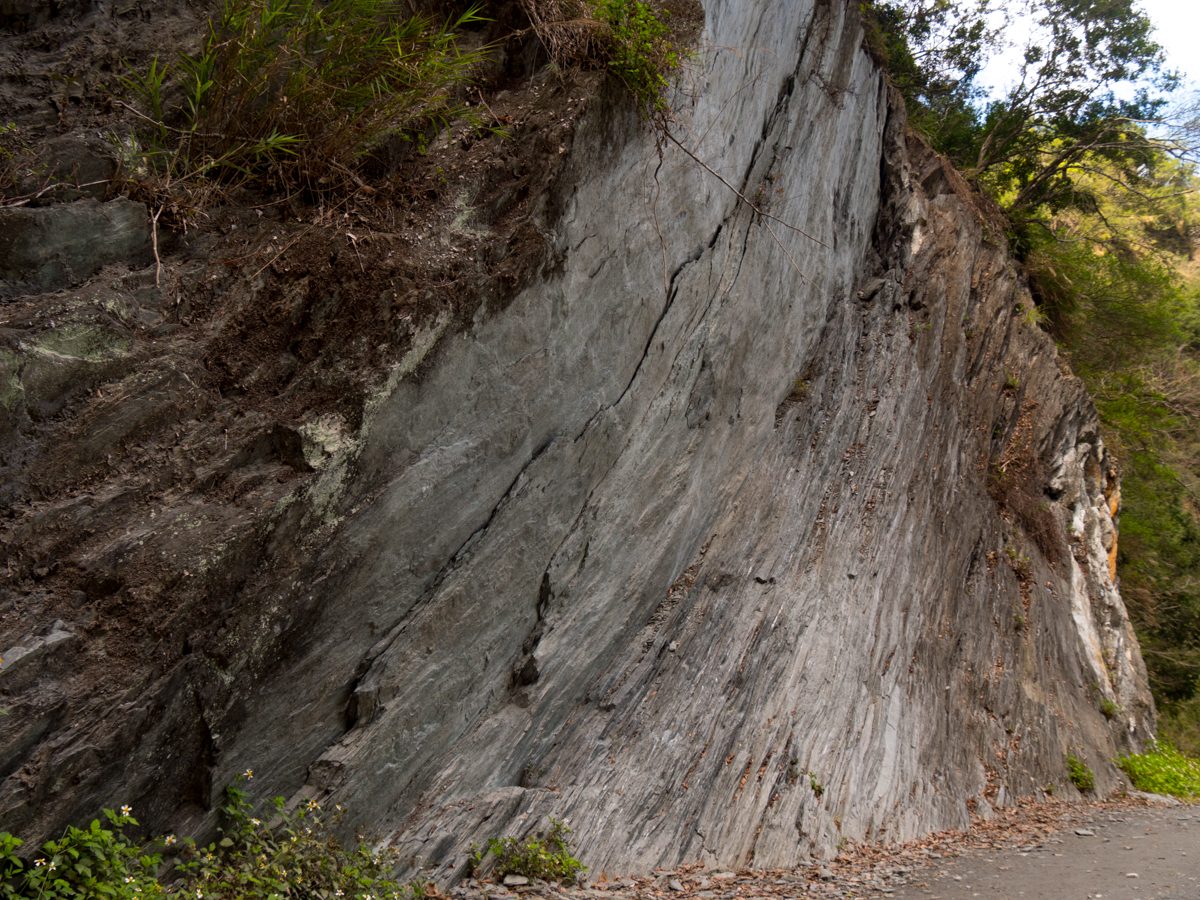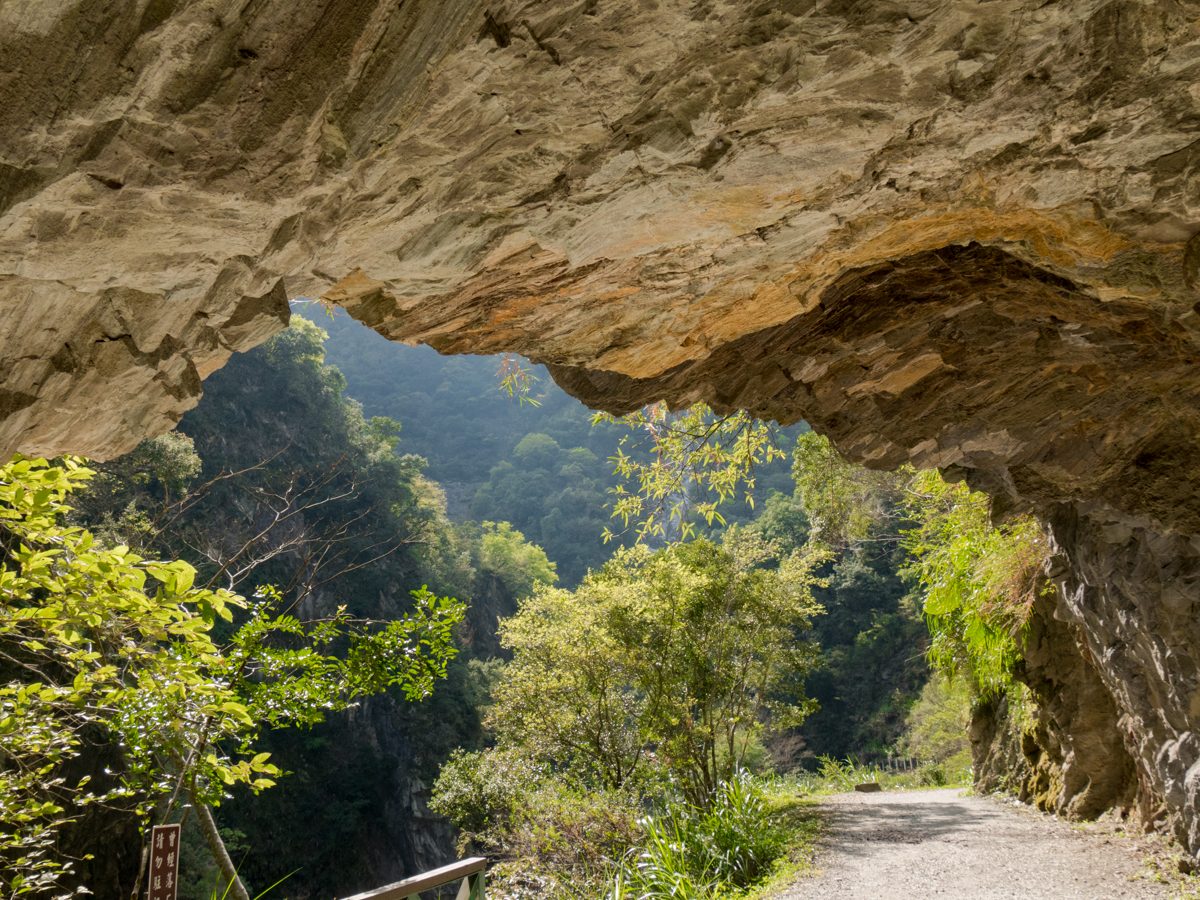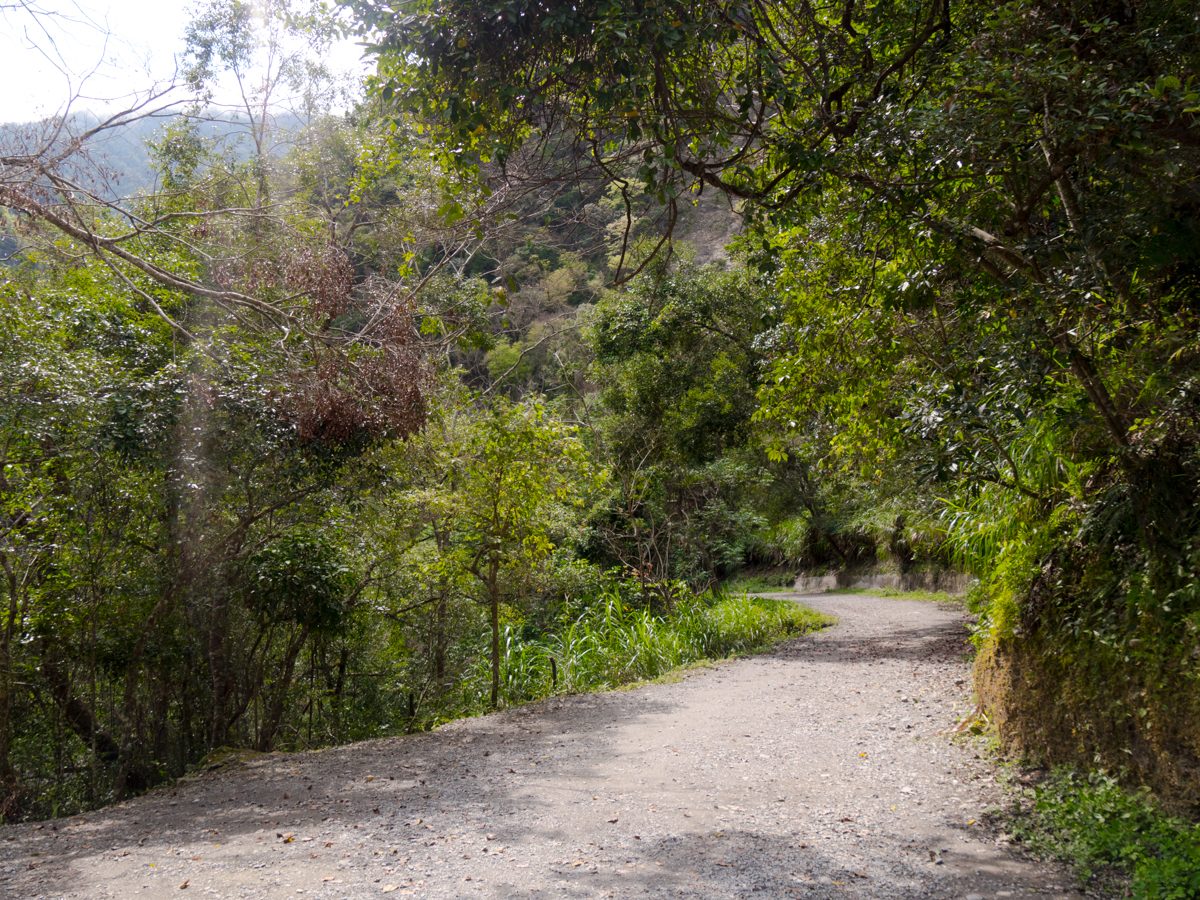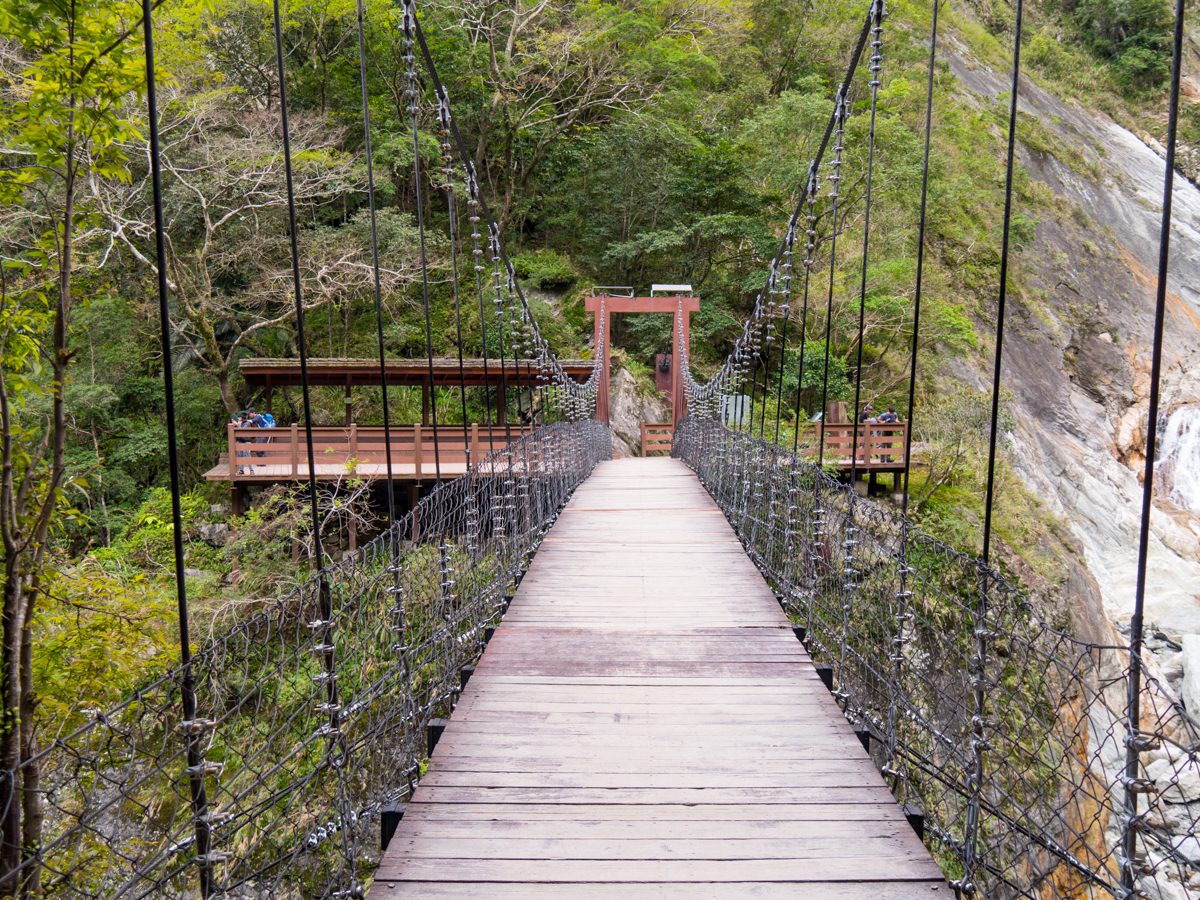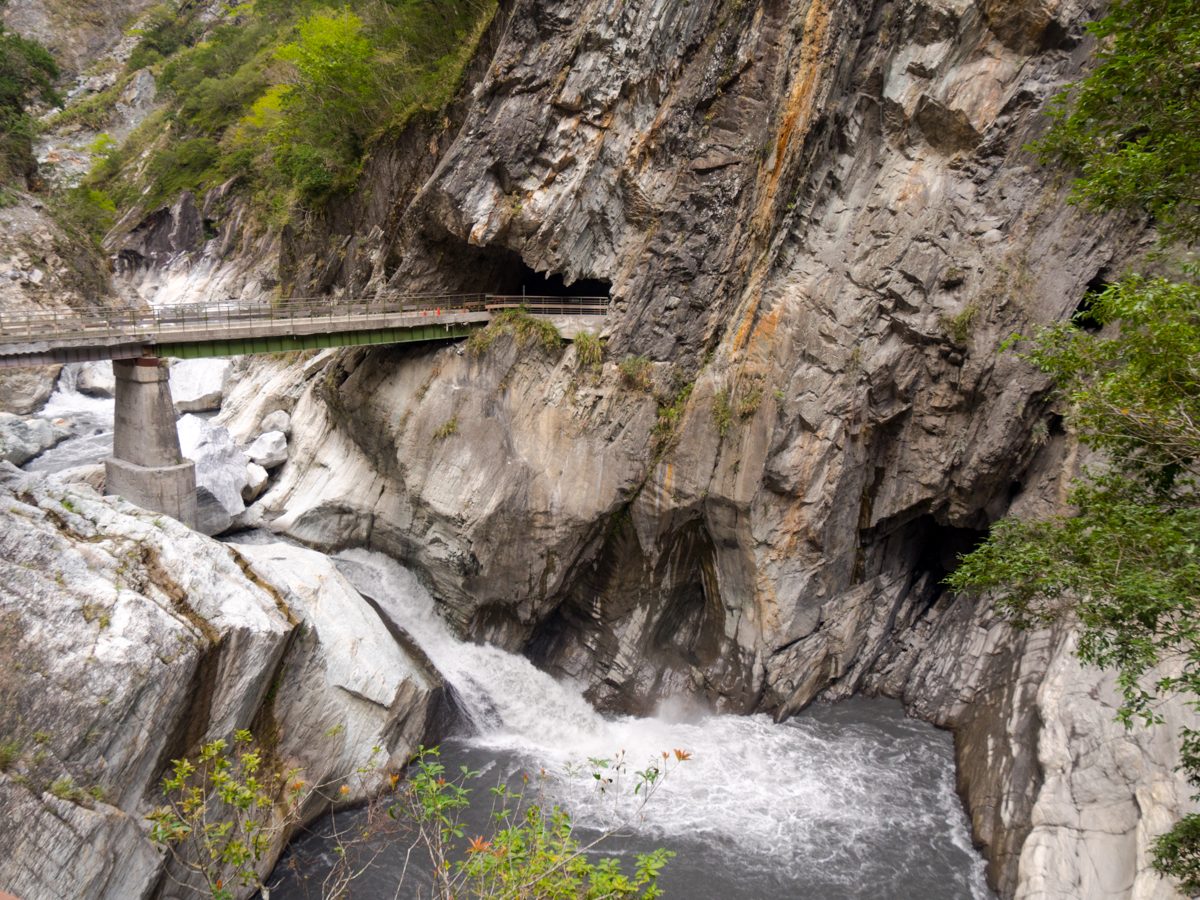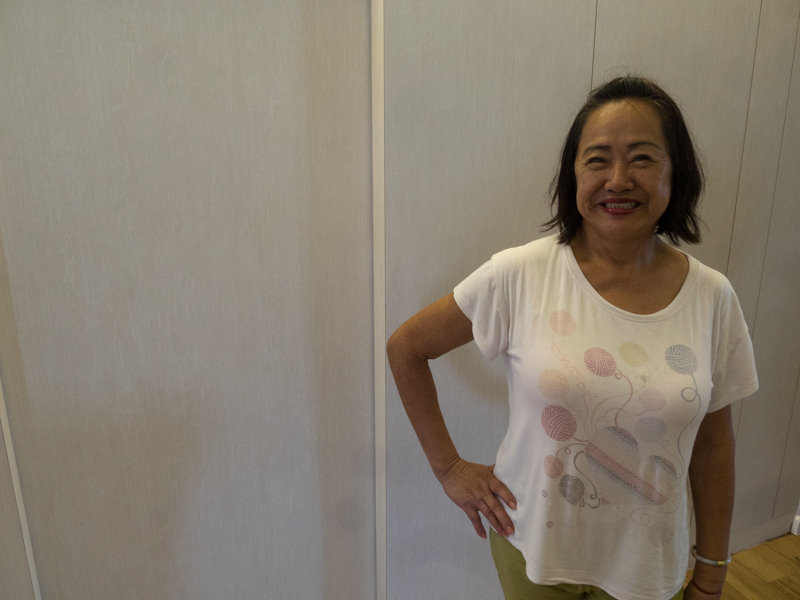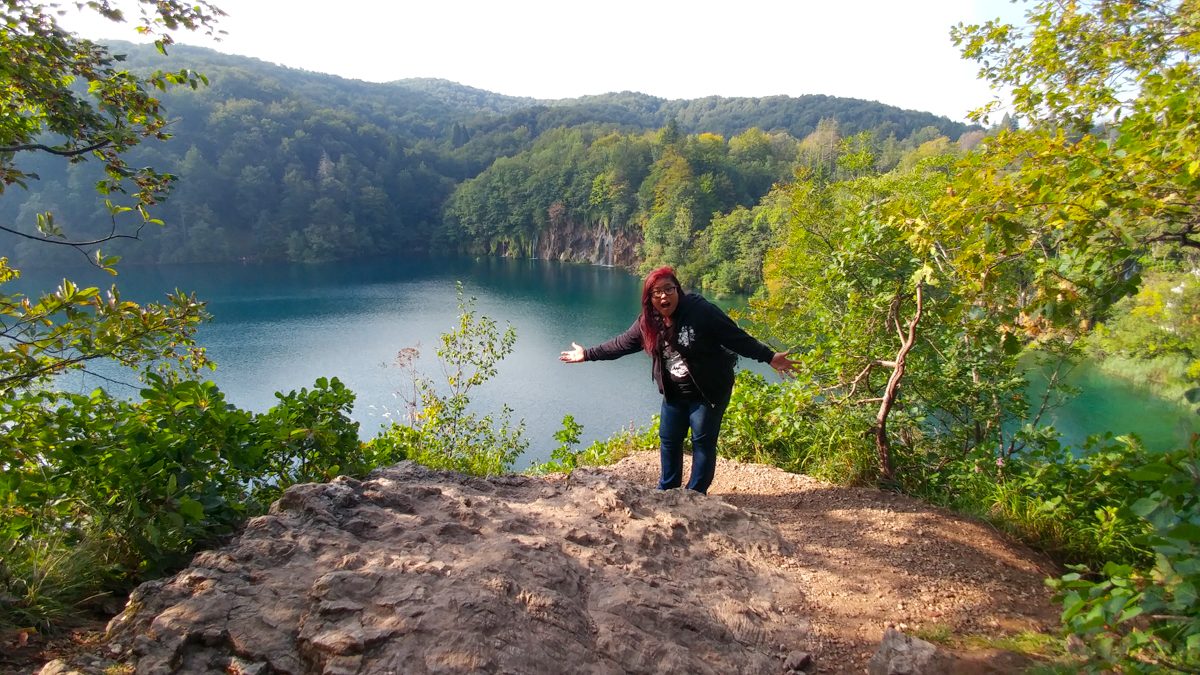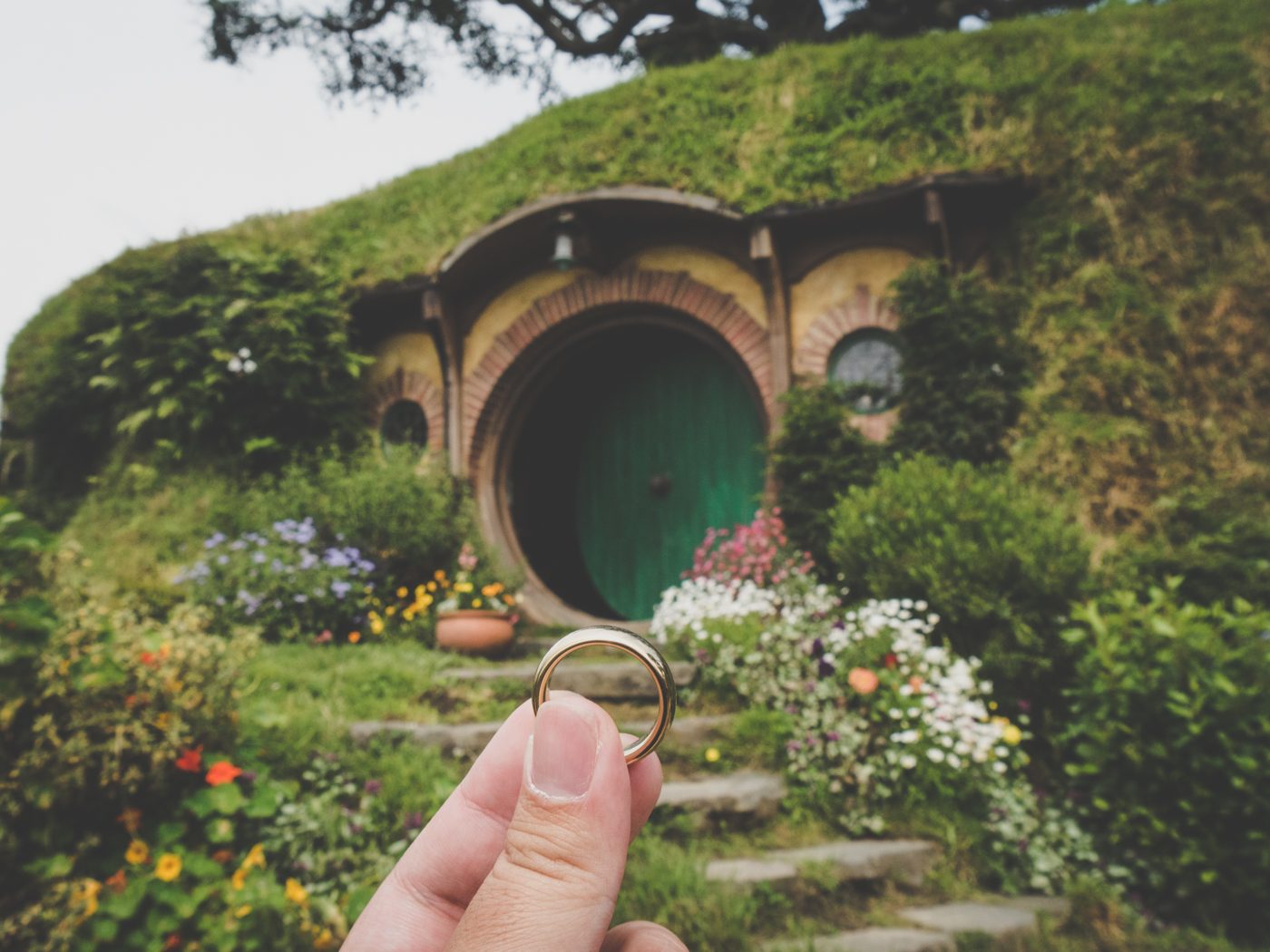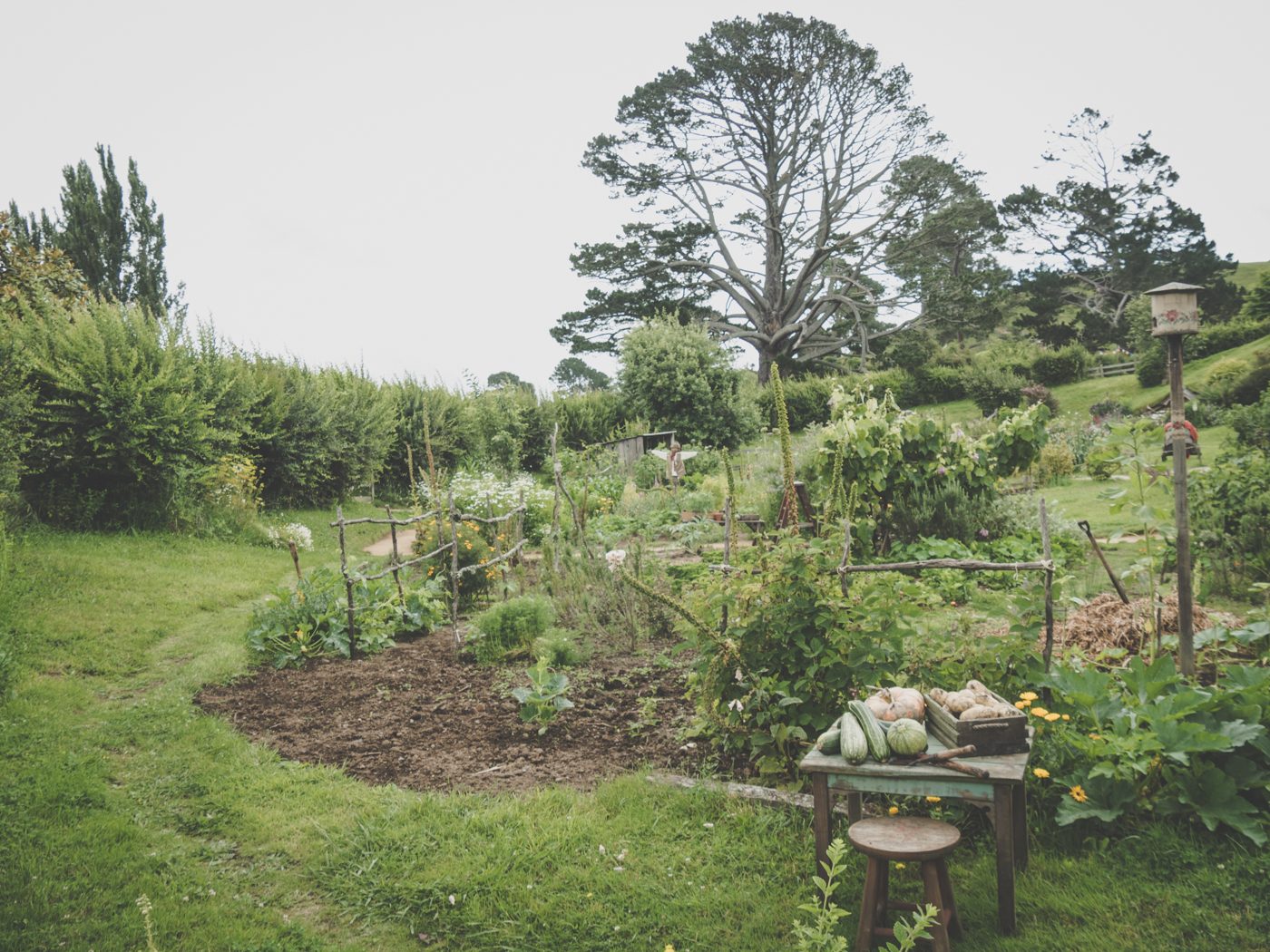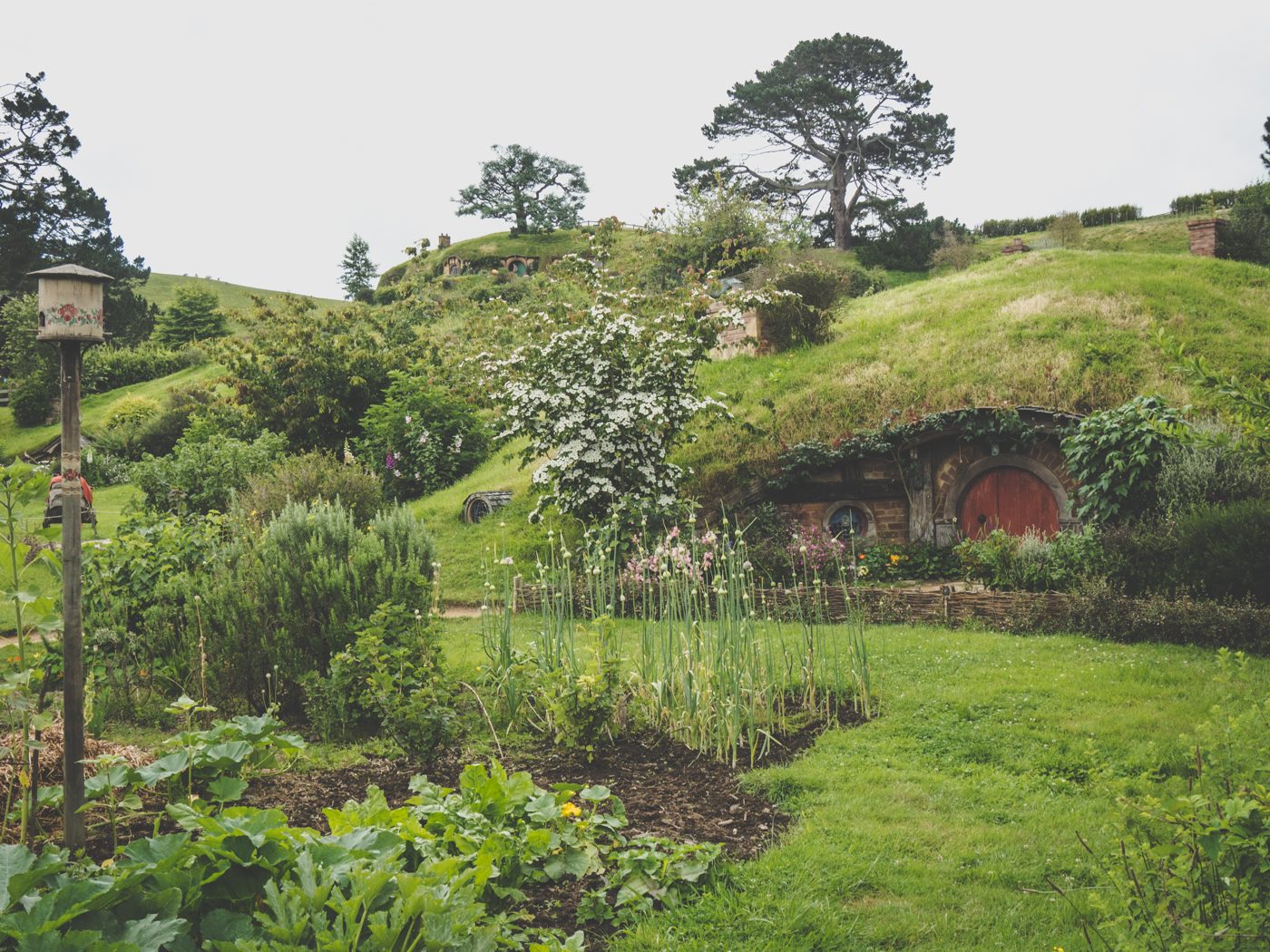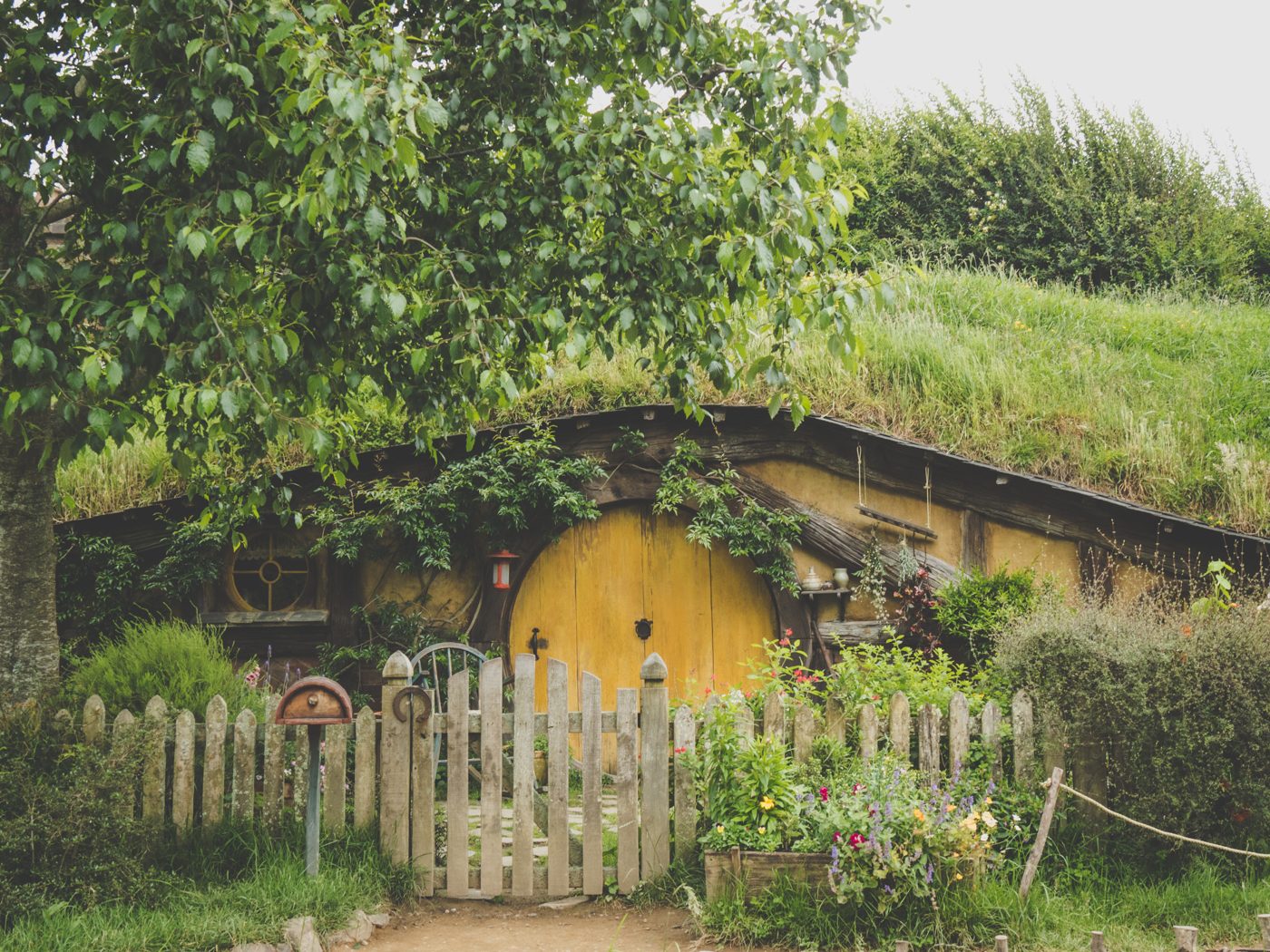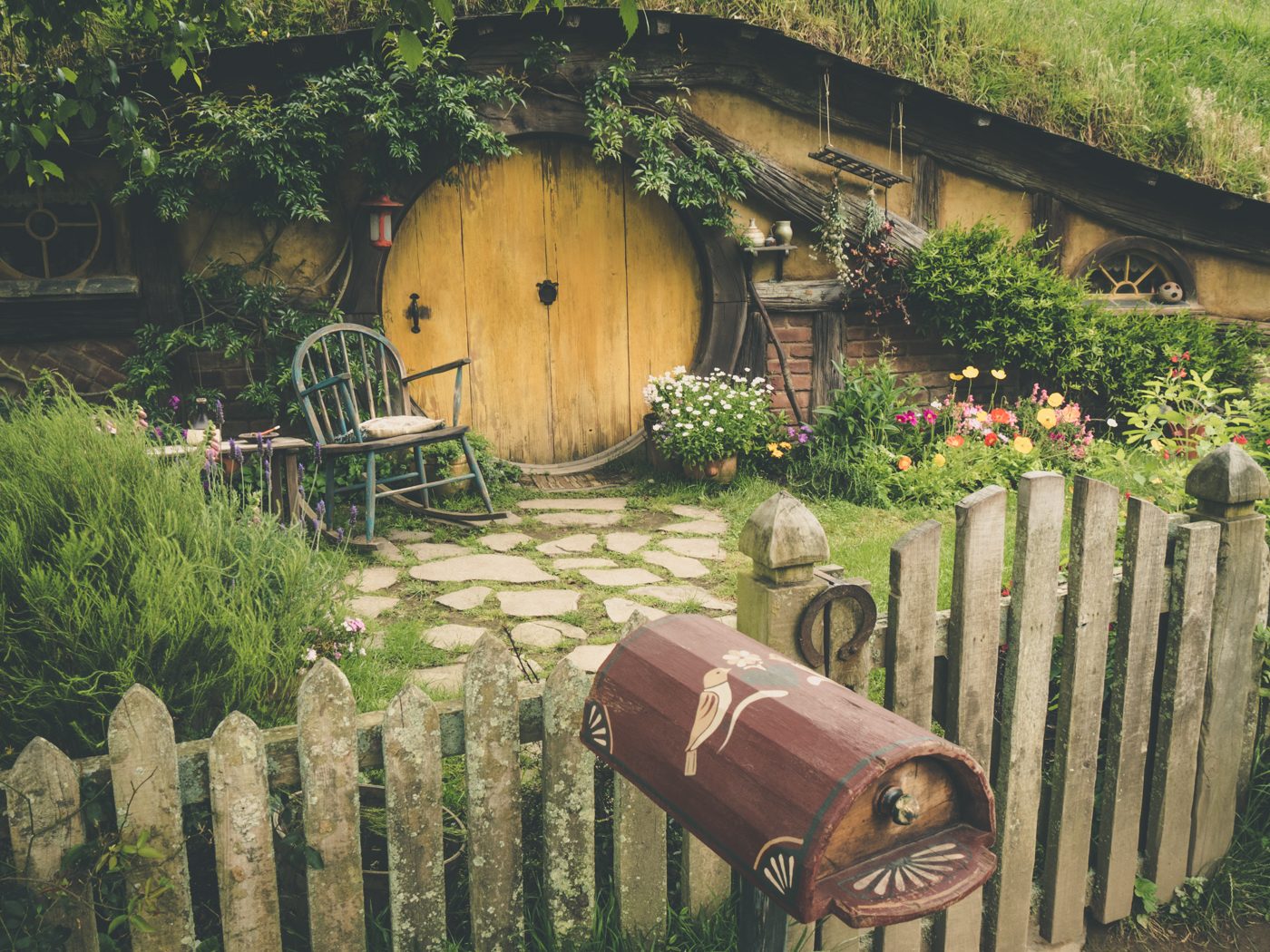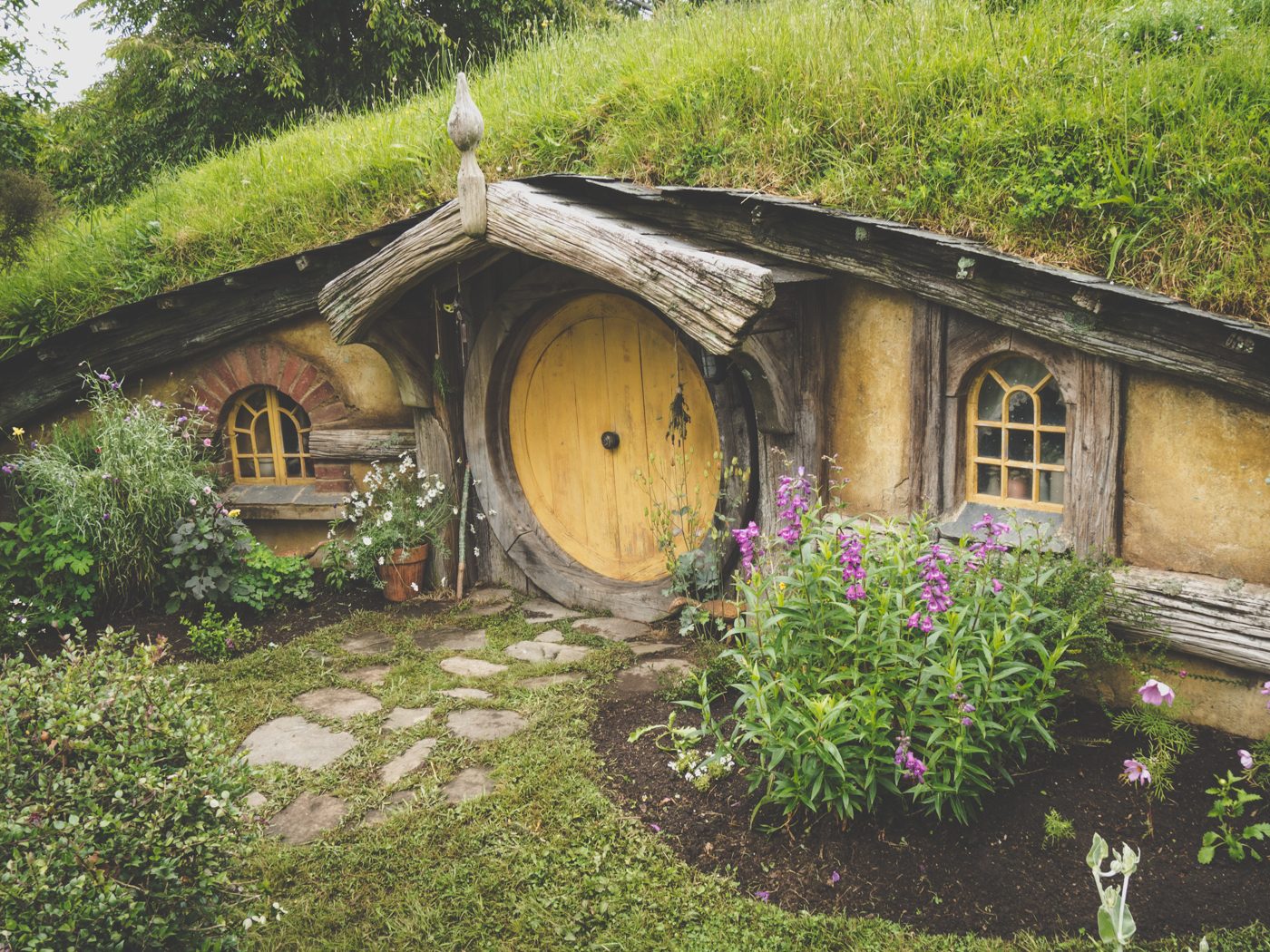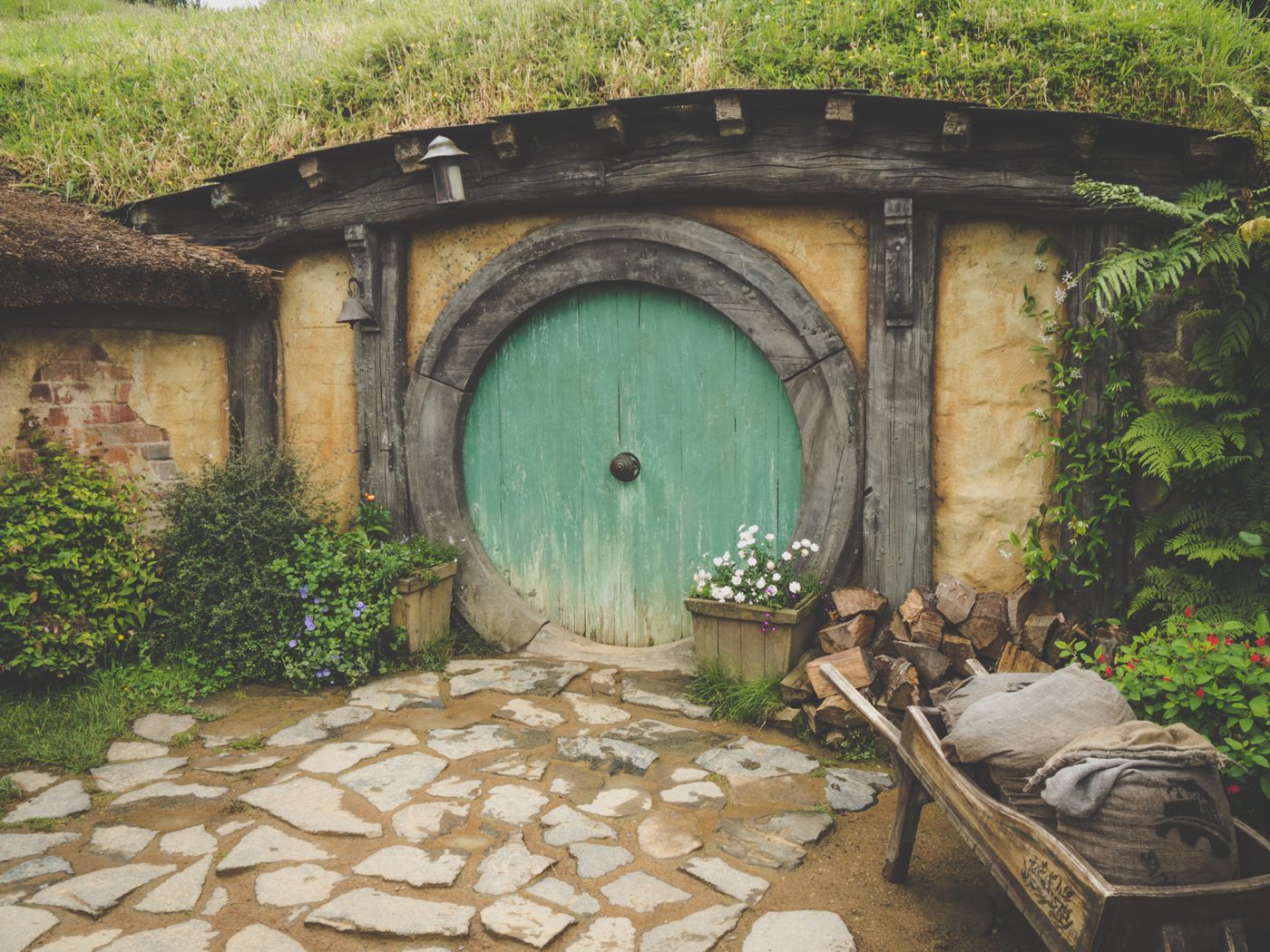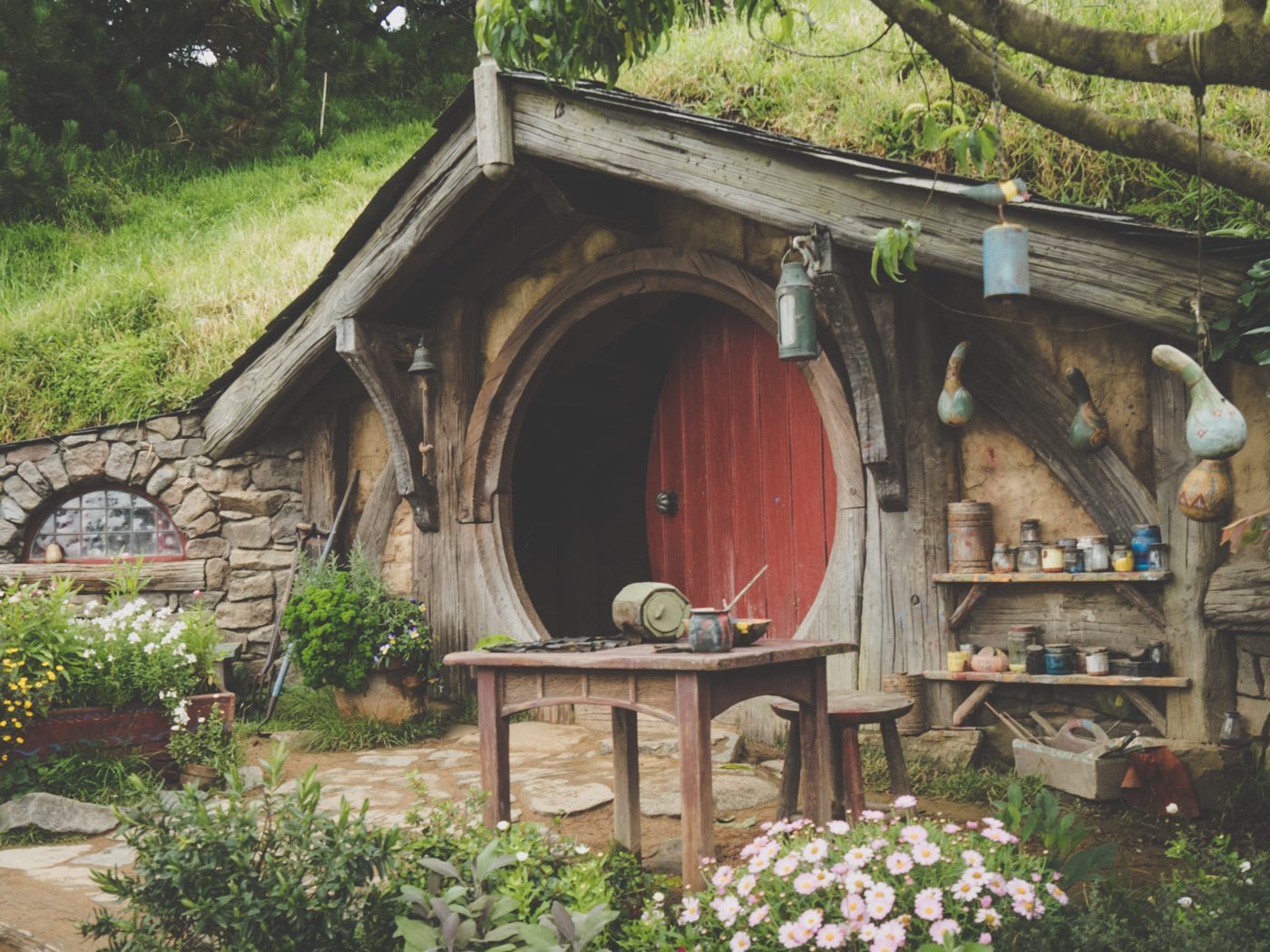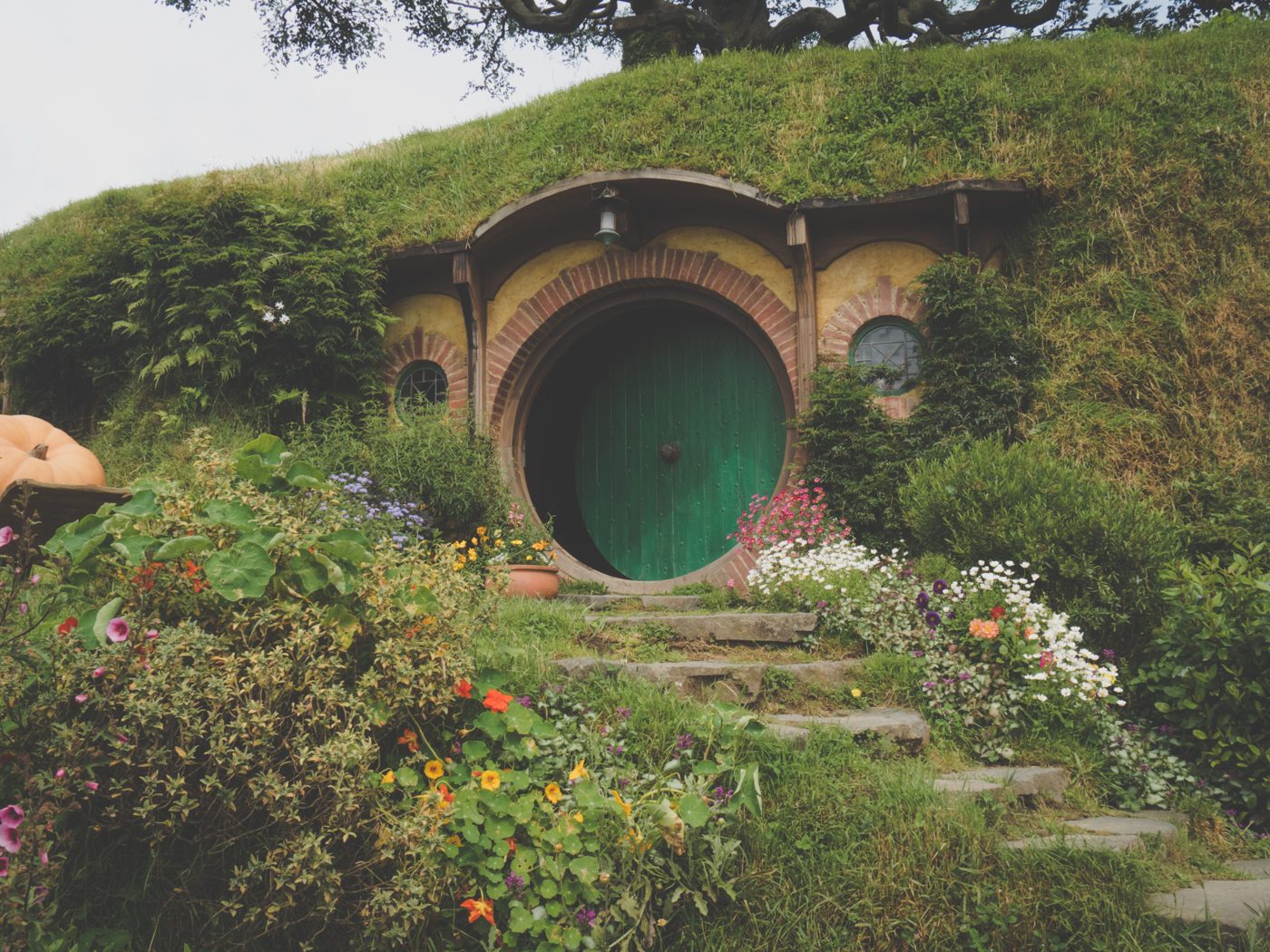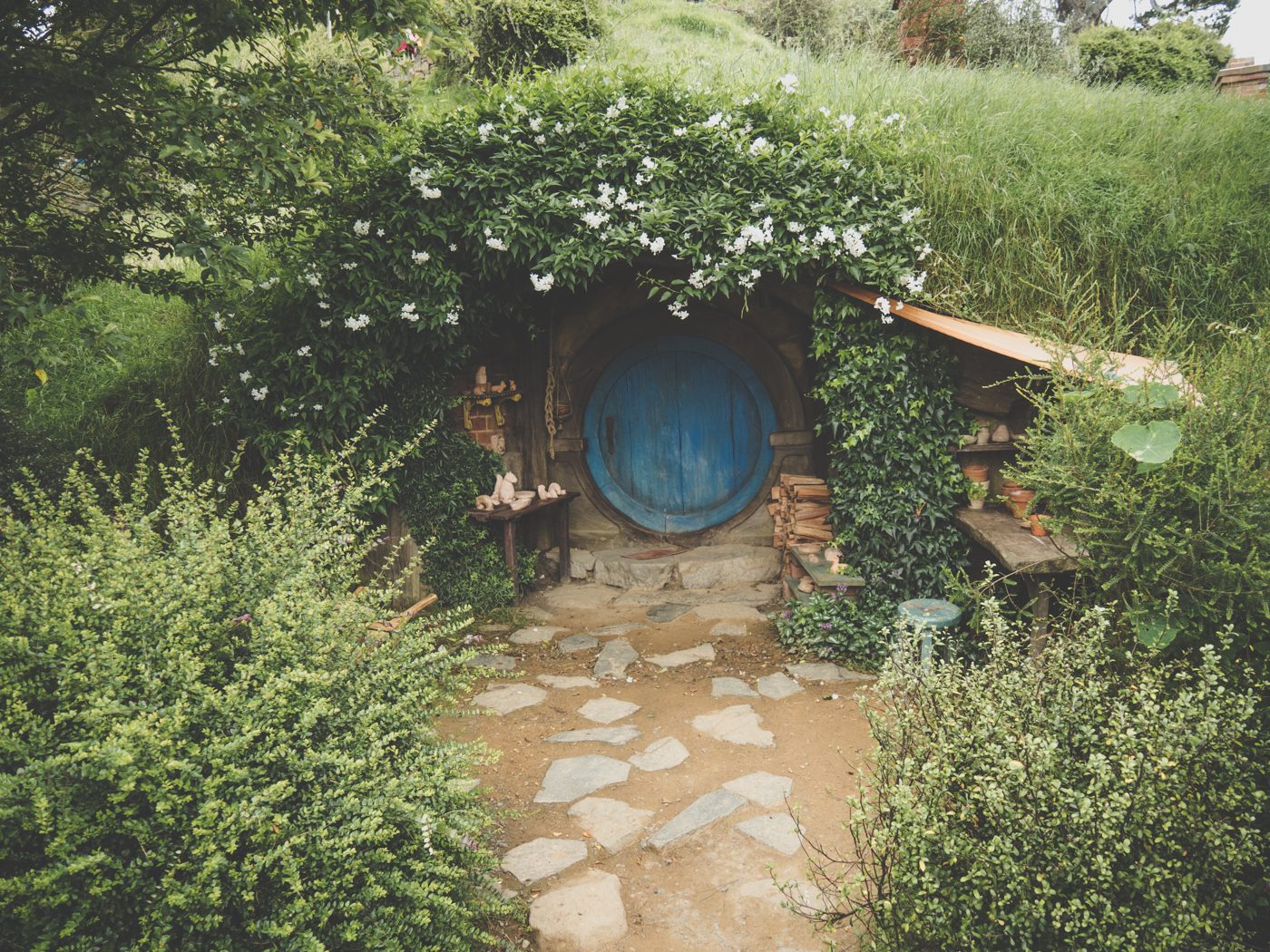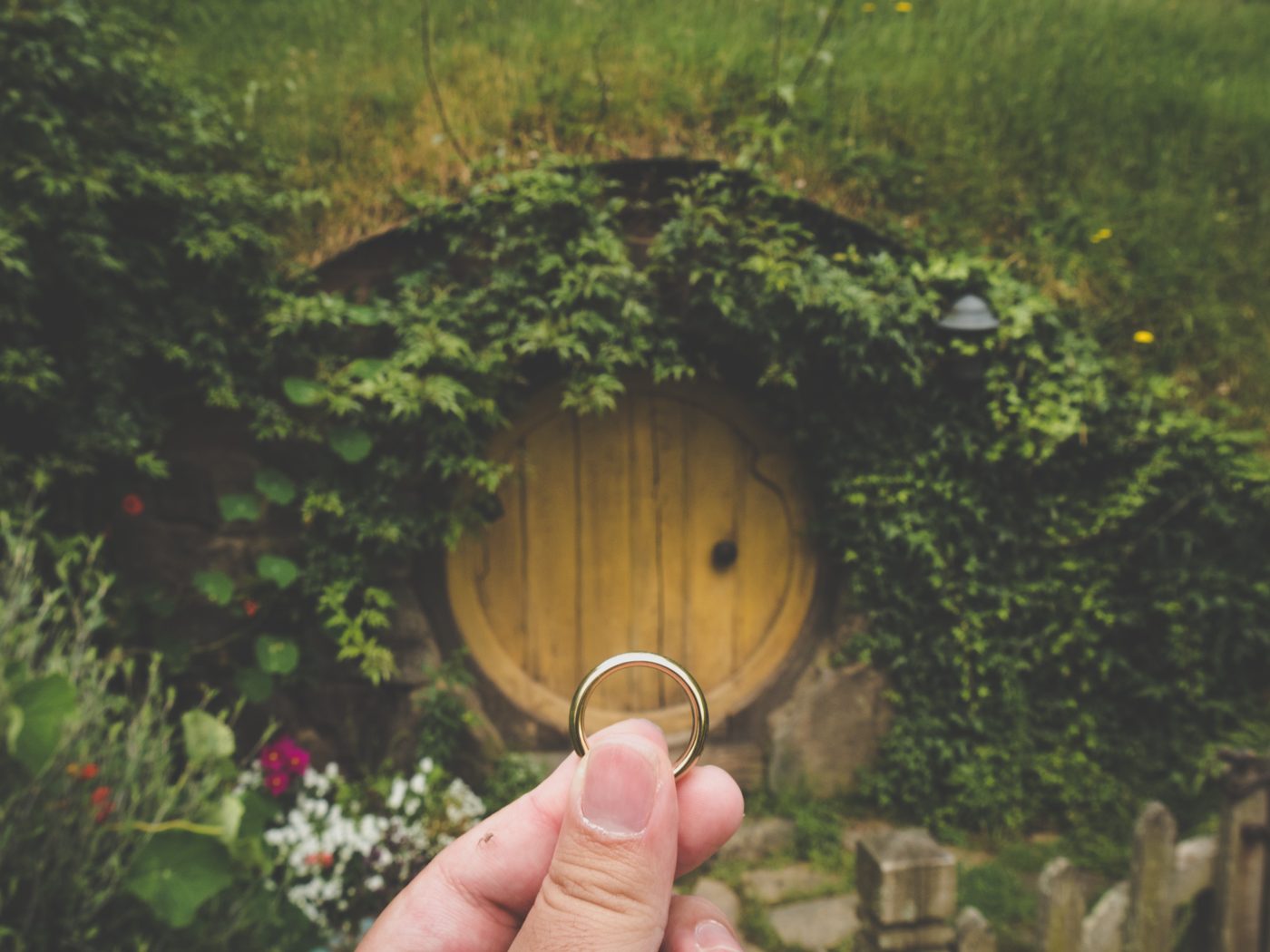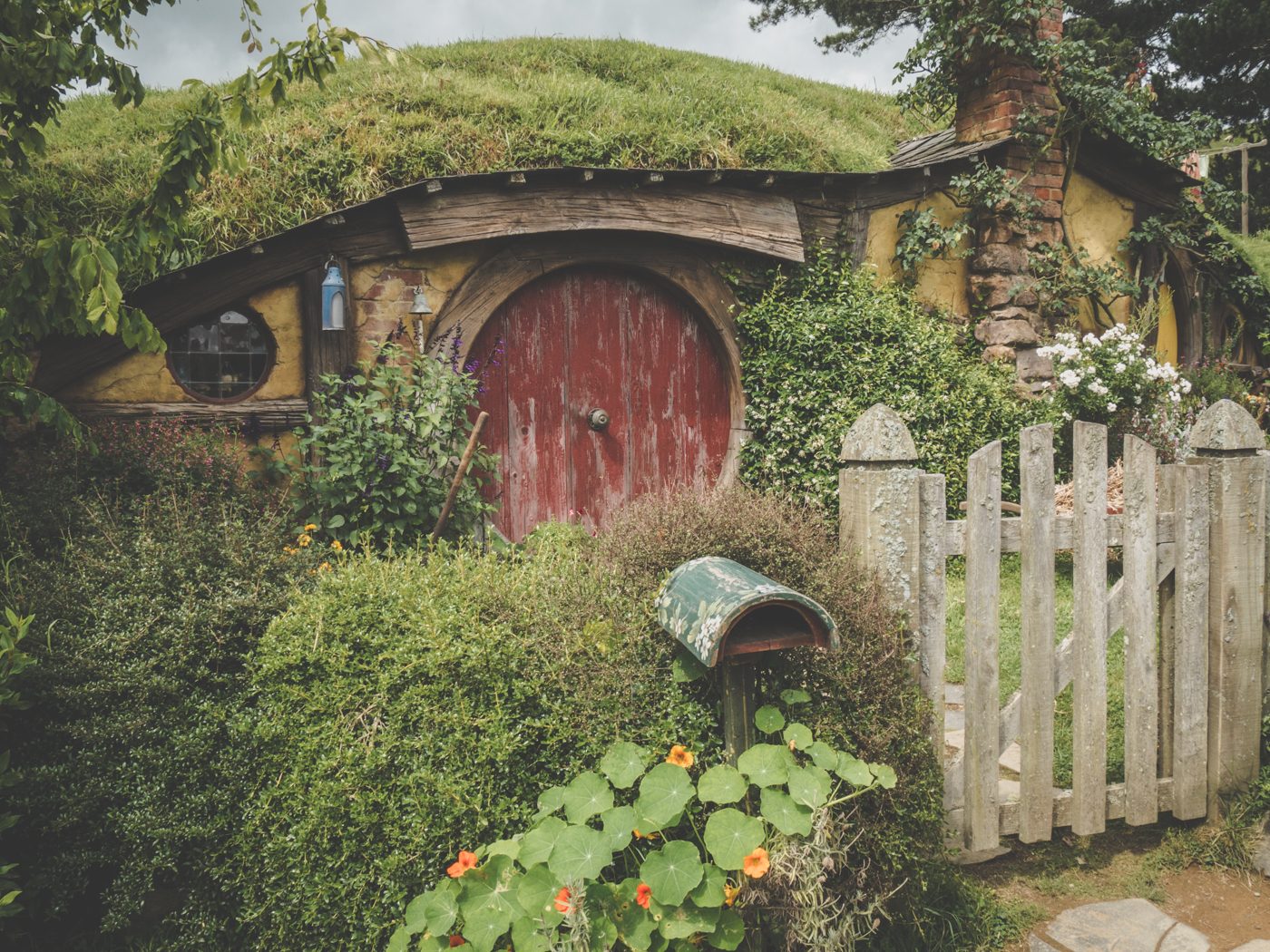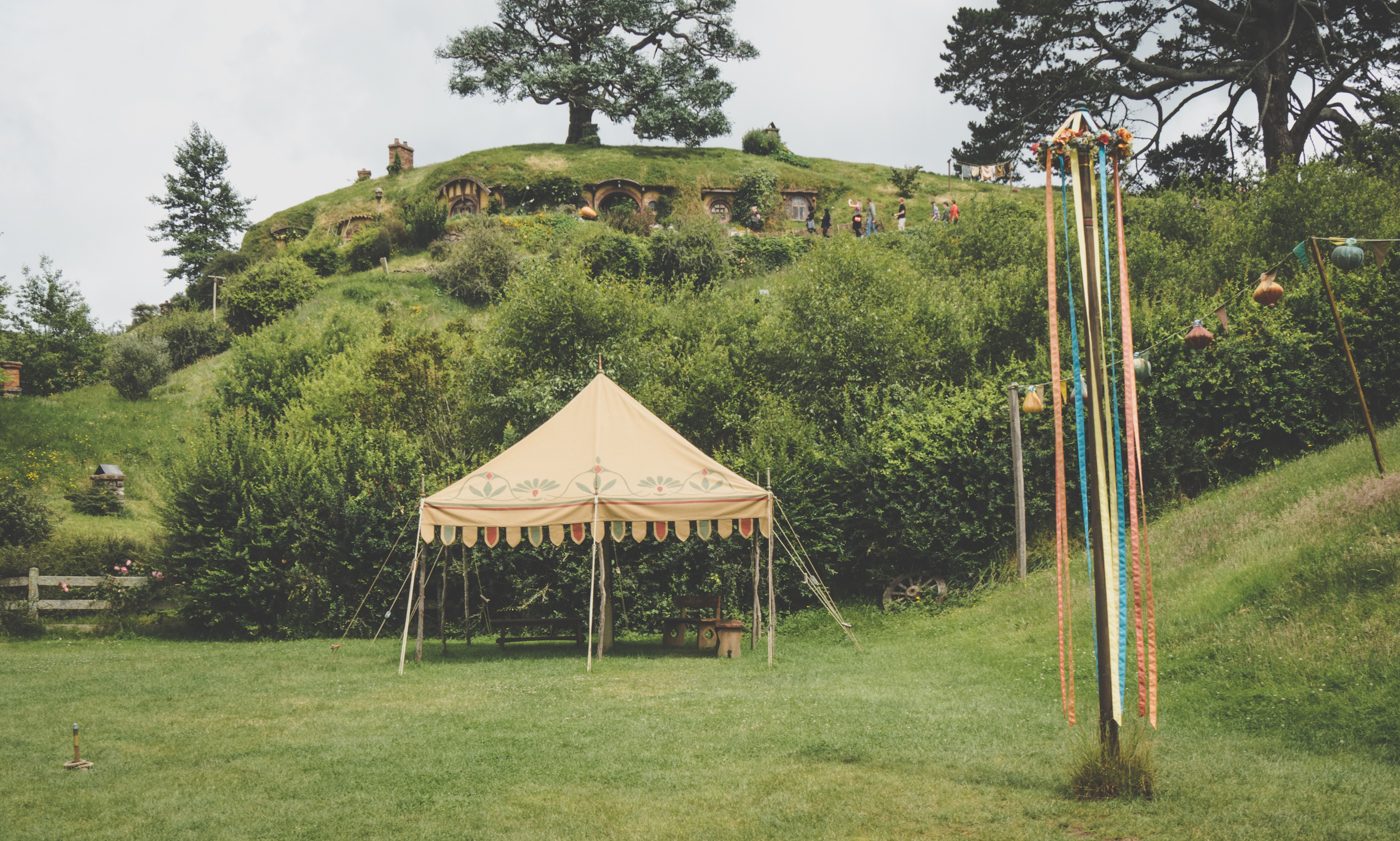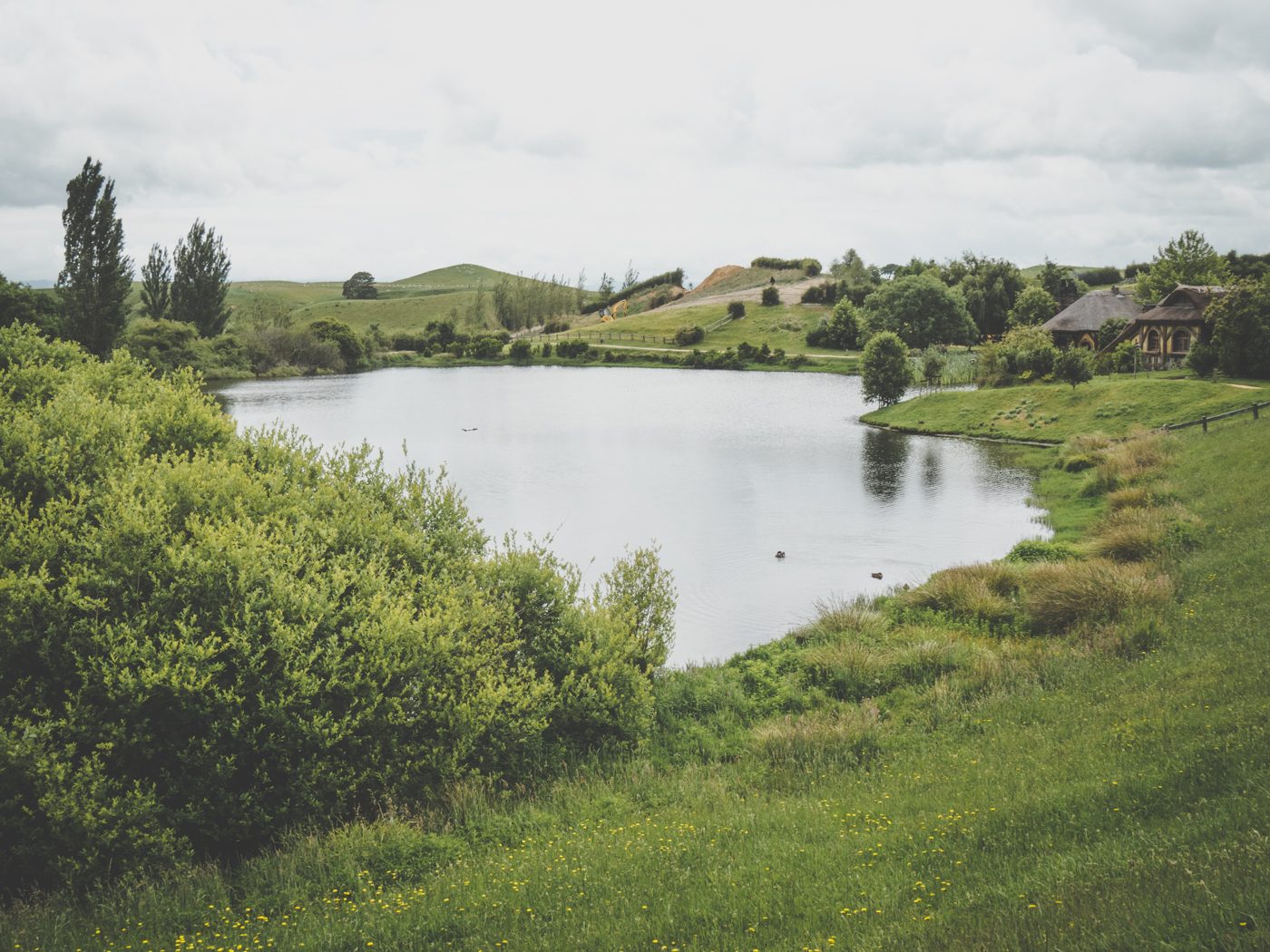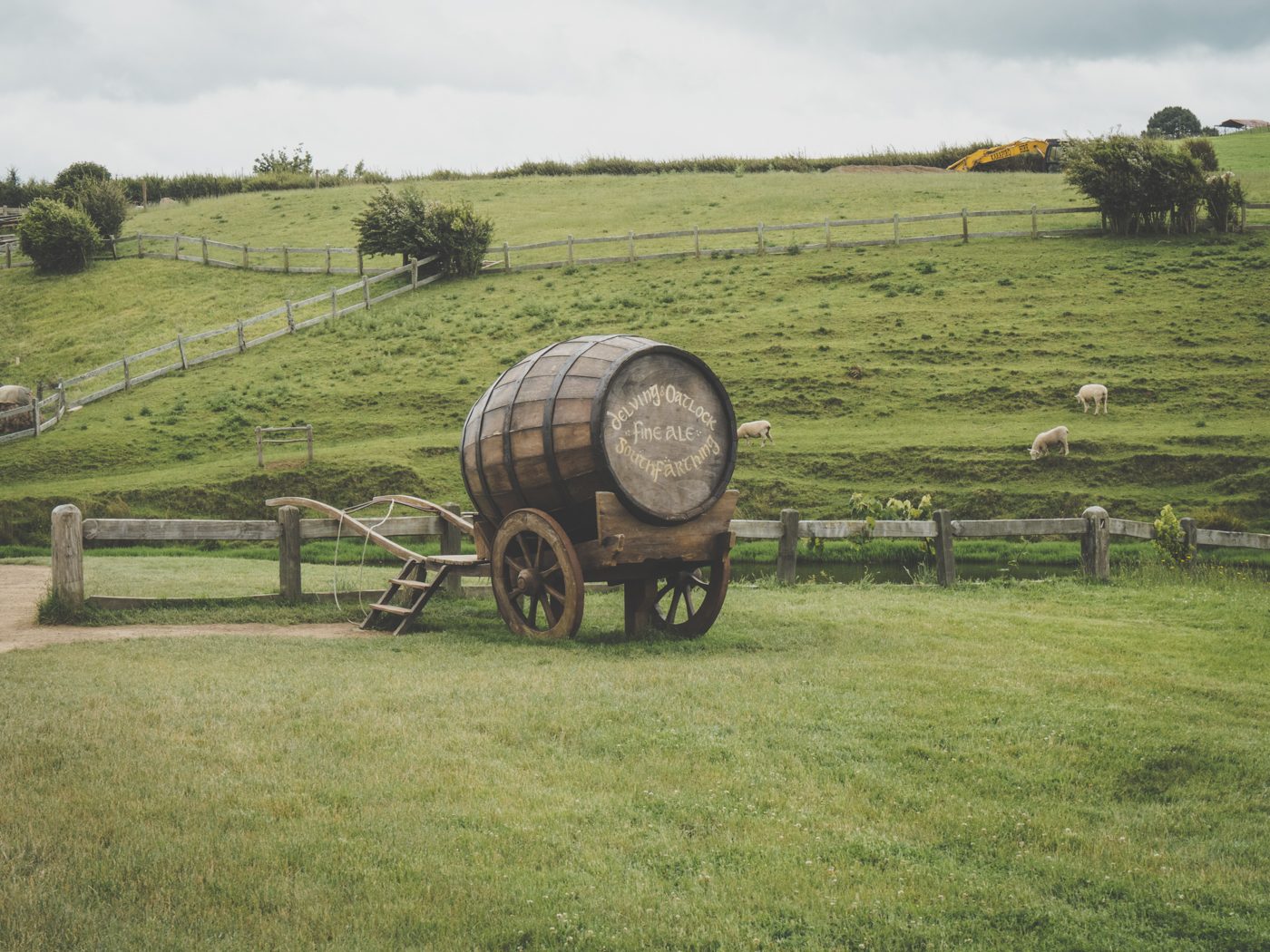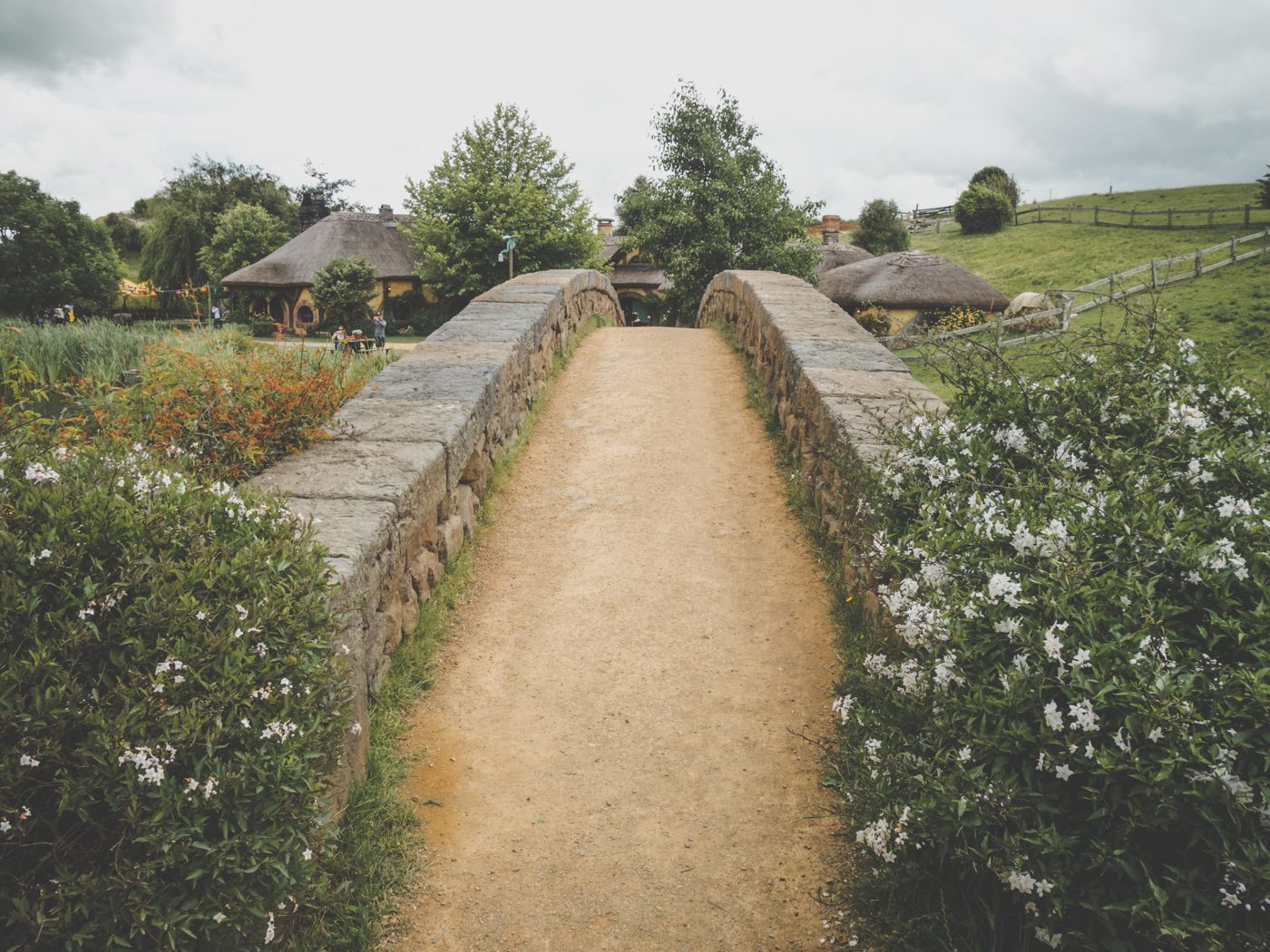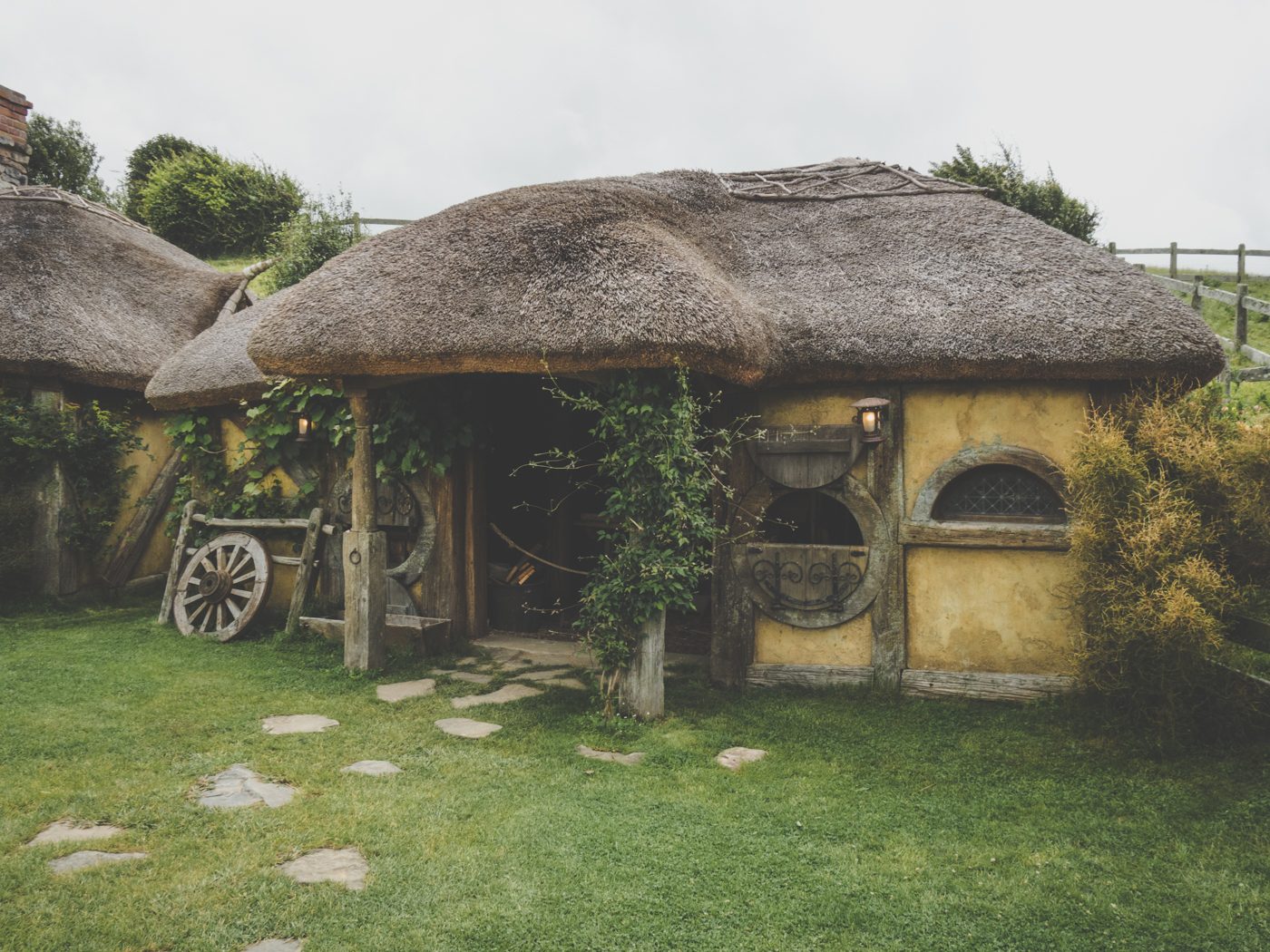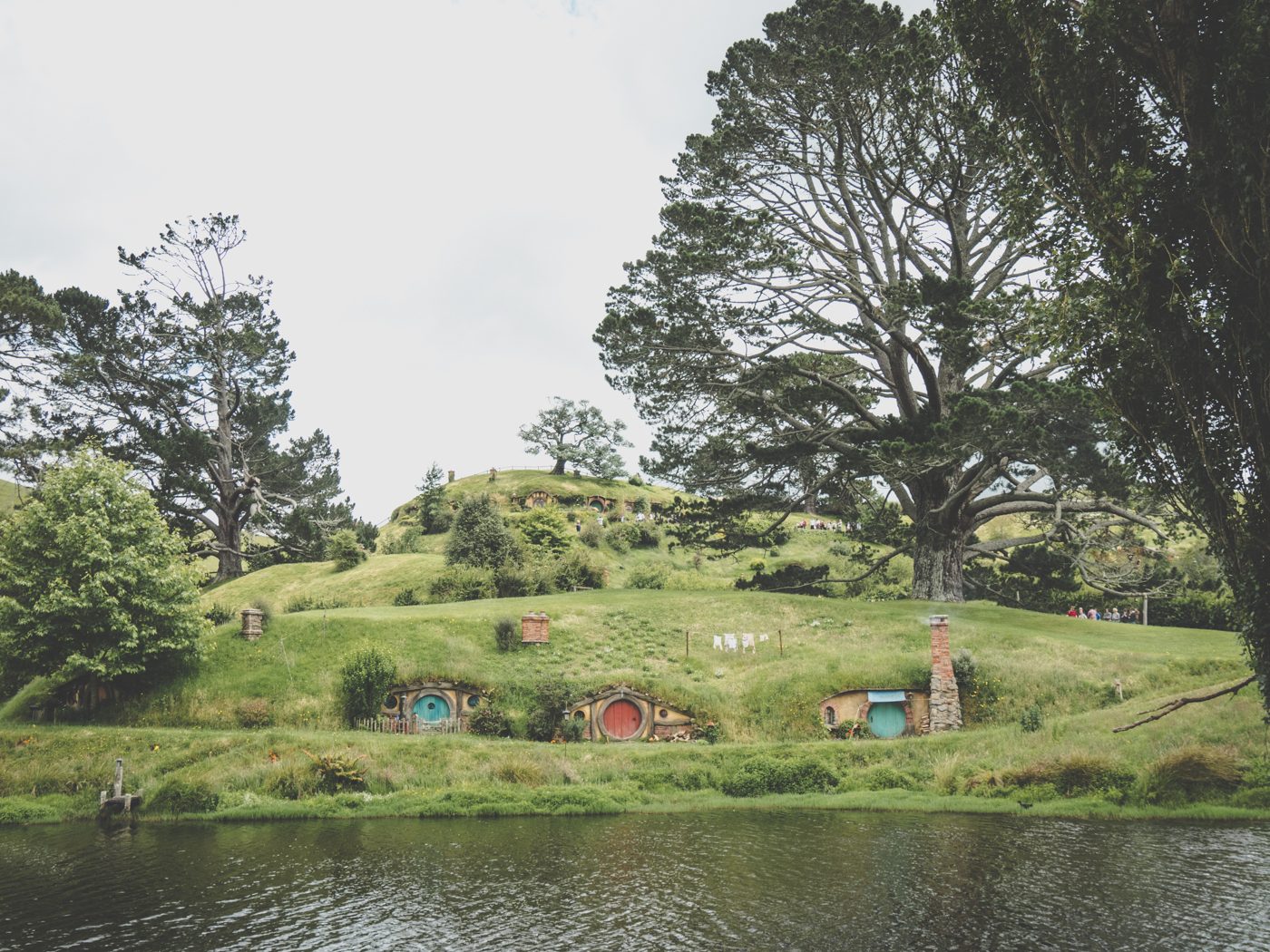Sometimes the best moments are the unplanned ones, so goes the maxim. The deluge of rain, on this particular Sunday that was also a public holiday, meant that there was a scarcity of available taxis. After being forced to miss a 12pm lunch reservation at Empress, my aunt and I scrambled madly to find an alternative.
Admittedly I’m a fastidious eater, and so I pore over many food reviews and obsess over the minutiae before I decide on visiting a restaurant. In all my research for dim sum buffets, Man Fu Yuan has never even been a blip on my radar. And so I knew not what to expect.
What a pleasant surprise, and I have to say, the dim sum buffet experience is hitherto the best I have ever had. I’ve been to Pan Pacific’s Hai Tien Lo and Mandarin Oriental’s Cherry Garden, both great by the way, but Man Fu Yuan’s dim sum offerings were, to encapsulate in a word, singular. And my adulation has nothing to do with my then growling stomach, being only able to have a proper meal at 1:30pm as if I were a proponent of intermittent fasting.
The usual suspects one would find in a dim sum restaurant are in Man Fu Yuan’s all-you-can-eat smorgasbord of over 40 mainstays — steamed rice rolls; dumplings; barbecued pork pastries; and whatnot. My favourites included the Minced Pork Dumping with Scallops, the succulent commingled ingredients fenced by thin yellow pastry skin; Honey-glazed Pork Bun: sweet, maroon-hued meat cocooned within fluffy housing; the western-inspired Prawn and Mozzarella Cheese in Filo that crunched and shattered into many pieces like broken glass when pried into.
There were other delights outside of the dim-sum bracket as well. The Baked Lobster in Superior Stock was a genuine surprise: Each diner is only allowed one serving, and I had half expected it to be a laughable, tiny portion. Nope. The half lobster came, propped up by broccoli florets, its flesh and shell burnished by a full-bodied sauce of a savoury accent. The Sautéed Sliced Beef and Seasonal Vegetables with Oyster Sauce was another winner. The beef was tender, the moreish sauce inscribing its salty note all over the meat.
At S$58++ (which comes up to S$74) per person, the buffet is not cheap, but if you love dim sum and have an insatiable appetite, this is worth a trip.
Man Fu Yuan, InterContinental Singapore
Address: 80 Middle Road 188966
Telephone: +65 63387600
Operating Hours: 11am to 3pm (2 seatings)
